Welcome back to another episode of Thumbprints & Signatures! We delve into Leica’s most ethereal lens from the past—the 9cm f2.2 Thambar. Originally produced between 1935 and 1939, this screw-mount lens was specifically designed as a soft portrait lens, offering a signature glow and softness that defines its character.
These articles on the Tools of Time blog are designed to be an “unabridged version” of our Thumbprints & Signatures series. That said, this is going to be one of the of the larger Thumbprints & Signatures we’ve ever done. So buckle up, watch the video and dive into more photos and thoughts below. We hope you enjoy!
The Backstory: A Dreamy Lens from Leica’s Past
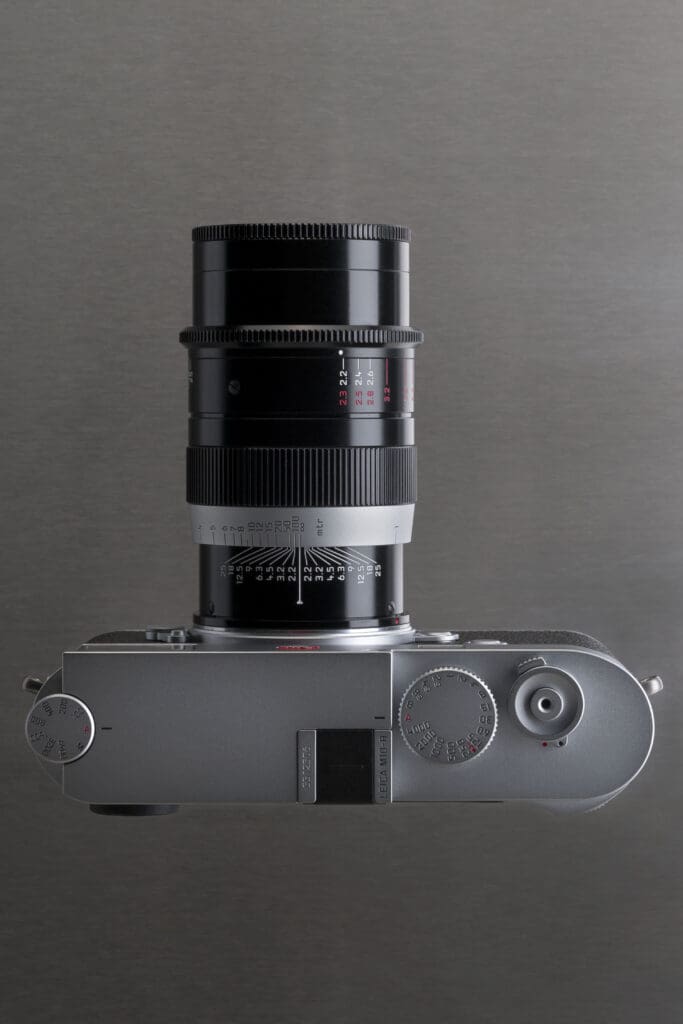
The 9cm f2.2 Thambar was introduced as a sharp contrast to the high-performing, razor-sharp lenses that Leica has historically been known for. Its unique design purposefully incorporated optical imperfections that gave rise to its dreamy and ethereal aesthetic, a quality that became highly sought after as a portrait lens. The name itself, derived from the Greek word “thambo,” meaning blurred, aptly describes this lens’s soft-focus charm.
Leica’s ambition with the Thambar was to create a lens that evoked a sense of nostalgia through its imagery—a sentiment perfectly captured with its glowy highlights and gentle aberrations. The lens’s production was relatively short-lived, lasting just four years, but its impact remains significant among lens enthusiasts and photographers.
The Thambar on the Modern Digital M: Testing the Magic
In modern times, Leica reissued the Thambar as an M mount in 2017, aiming to faithfully recreate the original’s unique feel. As I mounted the lens onto a Leica M11P with a screw mount adapter, I was eager to explore how it rendered both on digital cameras and film.
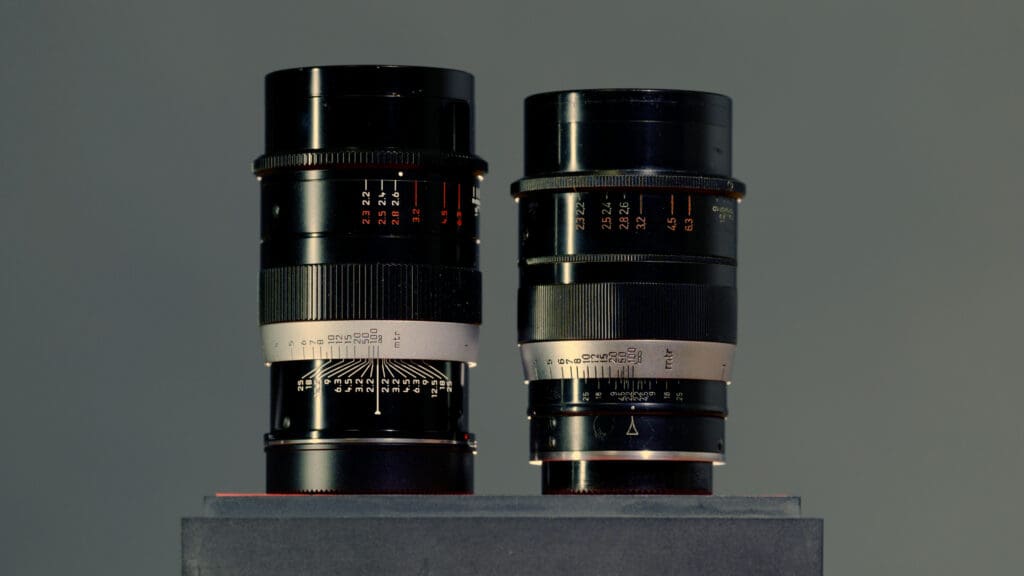
During my field testing, I discovered the lens excelled at producing a glow unique to its form. The silver center spot filter allowed a slightly more focused center, although its impact was subtle. Daytime shoots highlighted the lens’s ability to softly blend foreground and background, maintaining sharpness primarily in the focus center. When it came to portraits, the Thambar delivered gorgeously soft results, its peculiar bokeh adding another layer of interest and artistry.
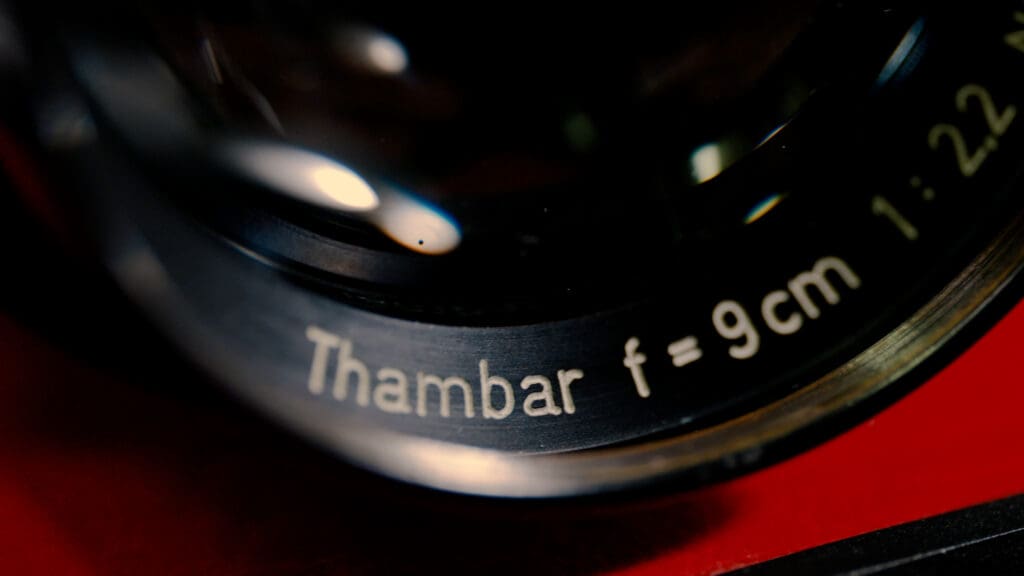
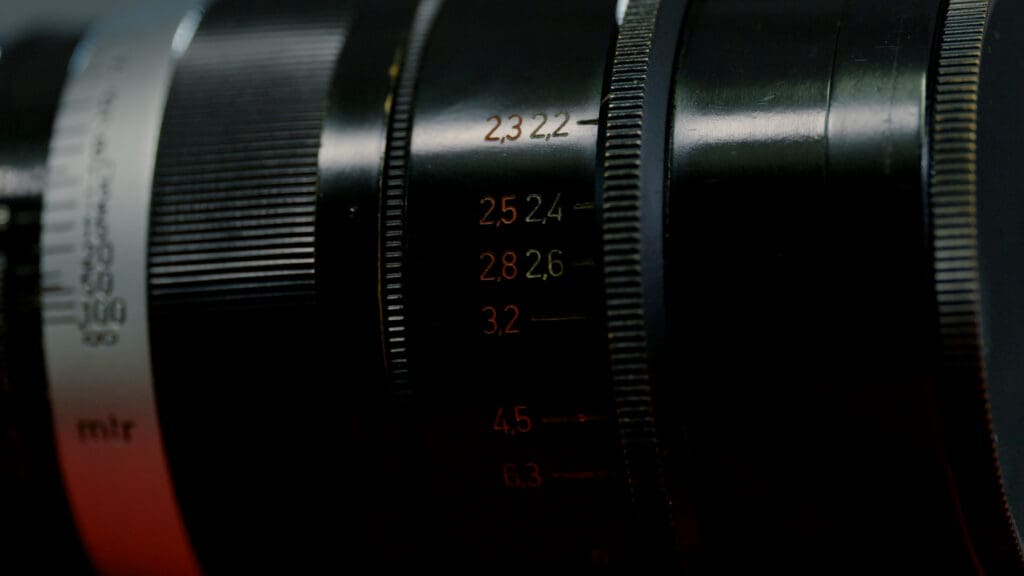
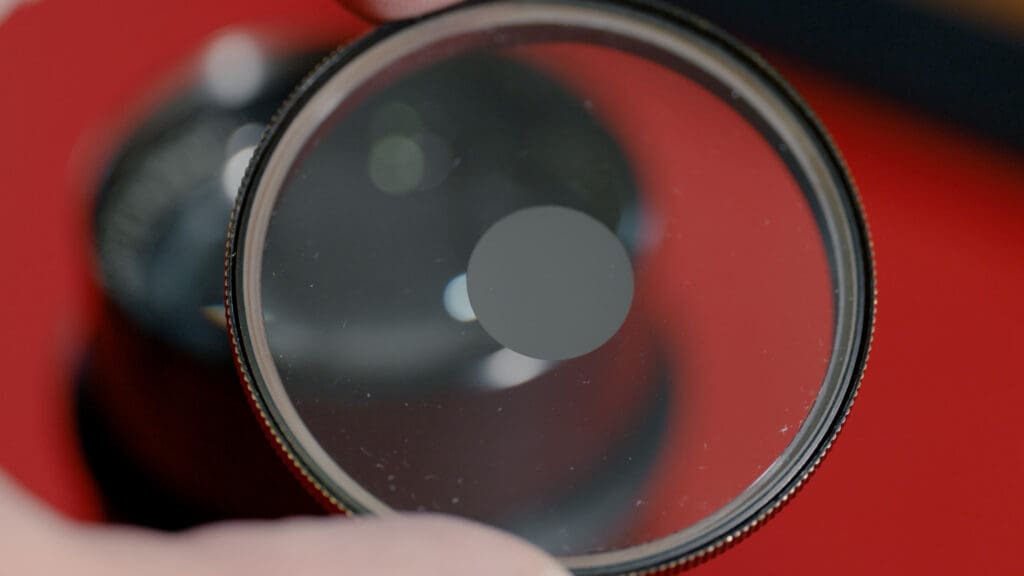
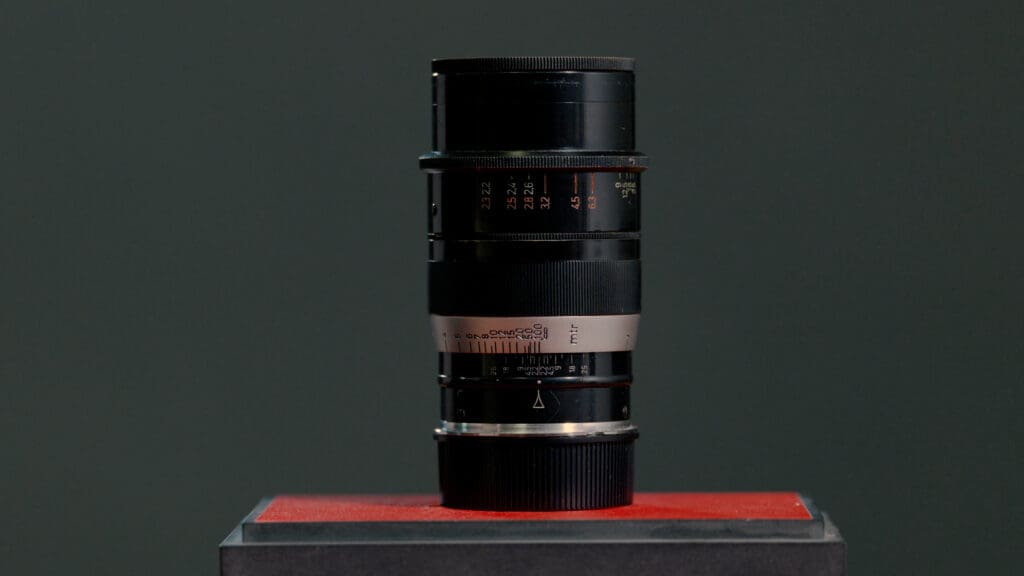
Day Time Photos
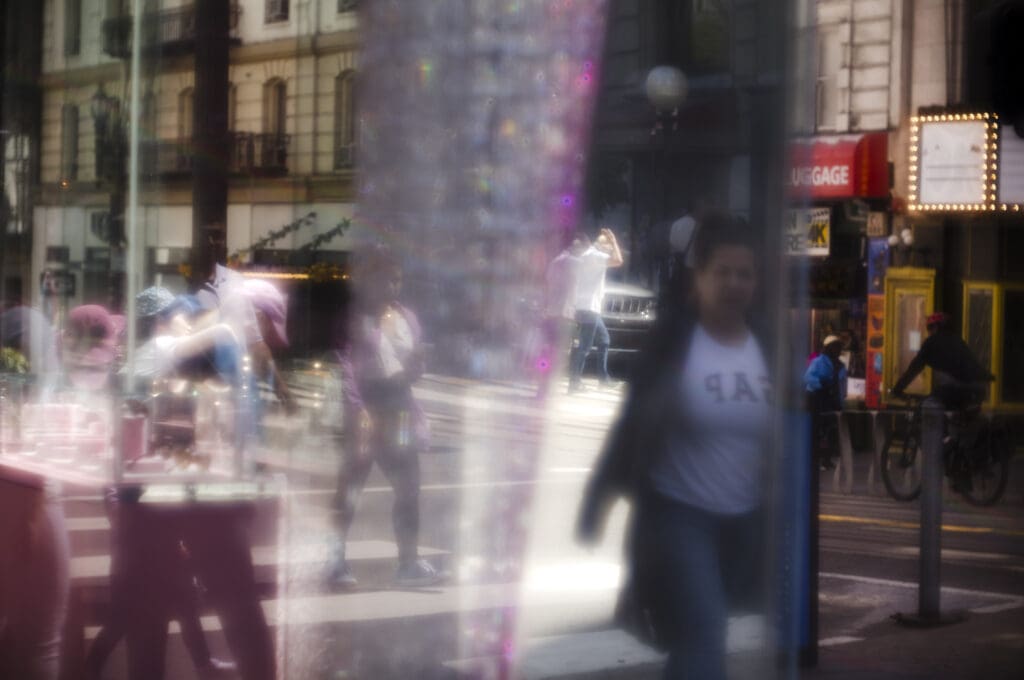
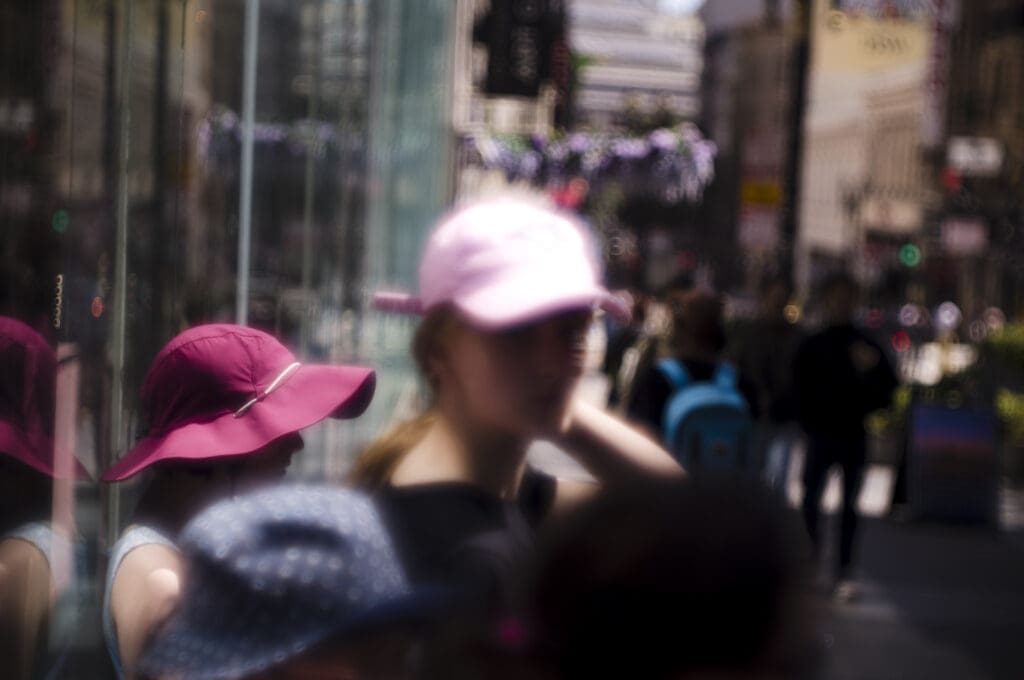

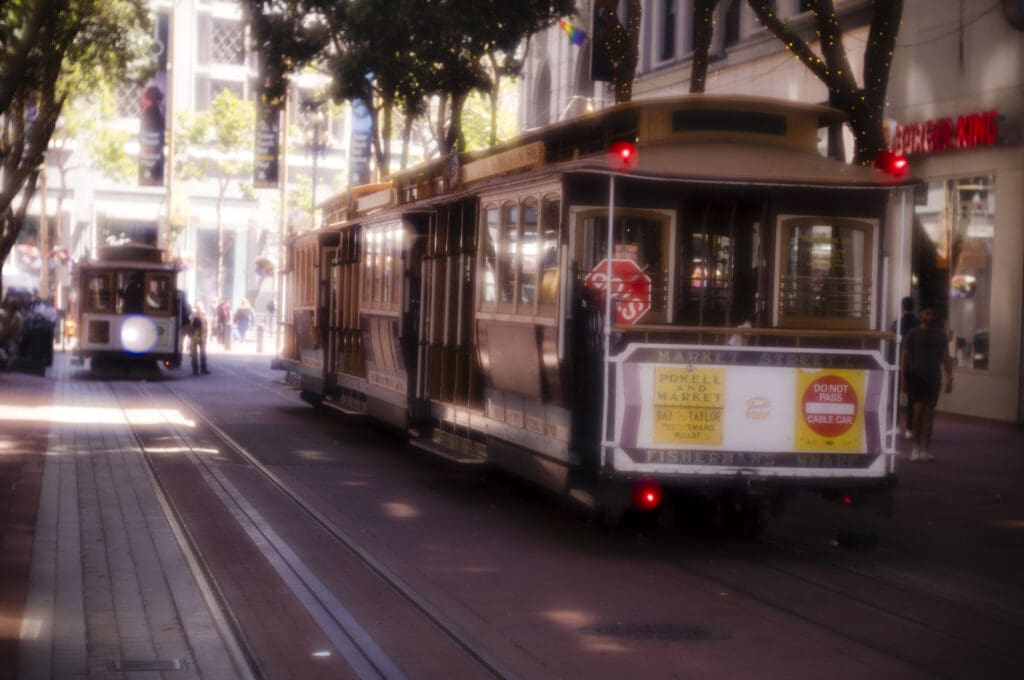
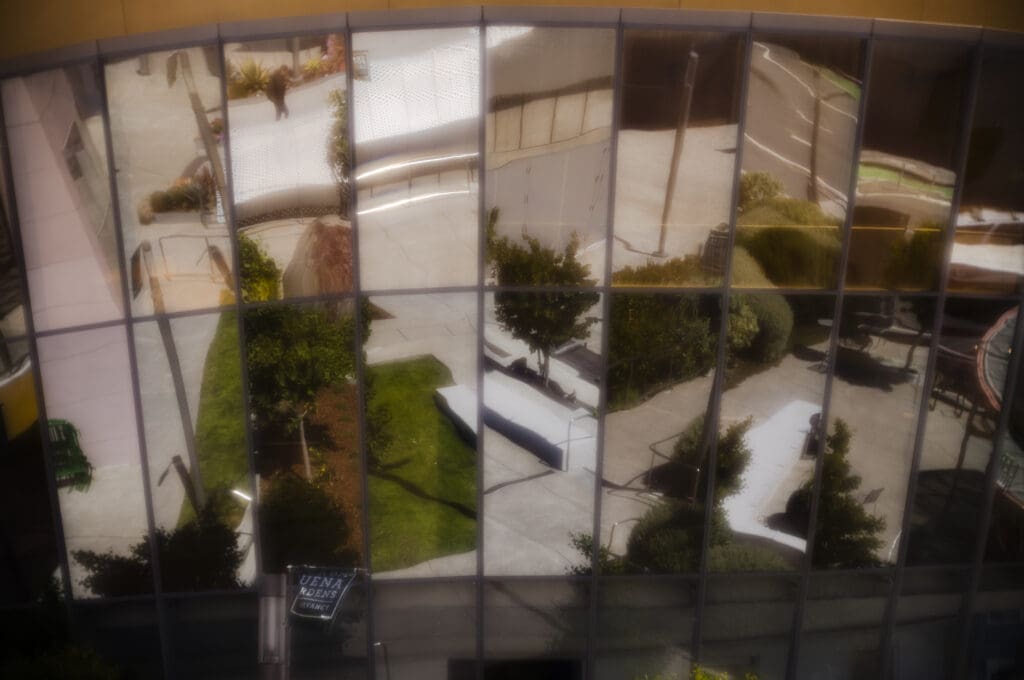

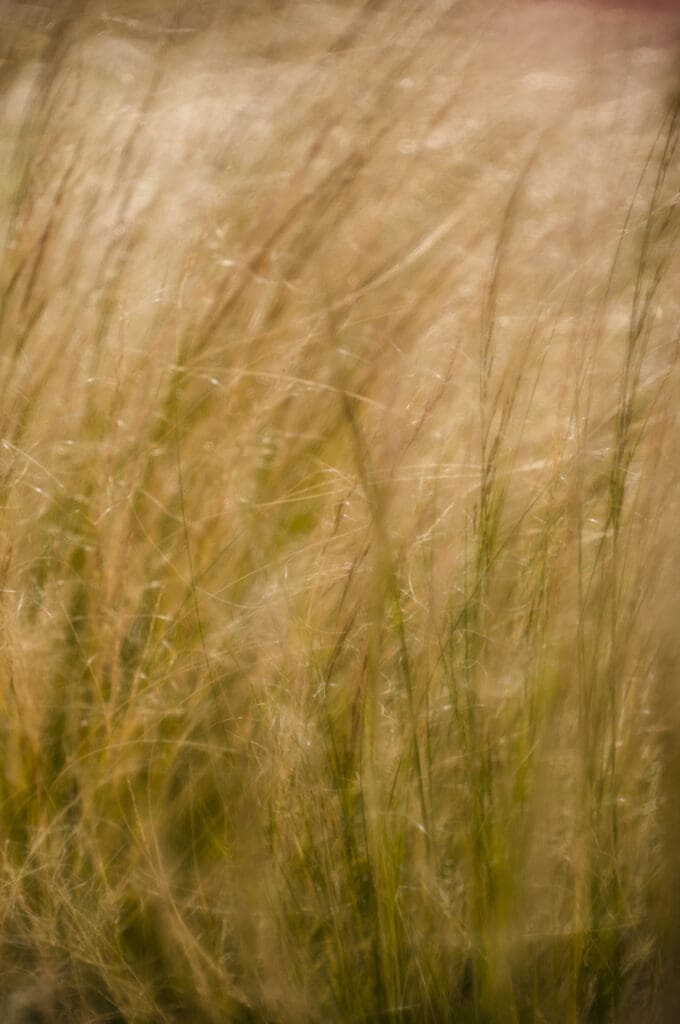
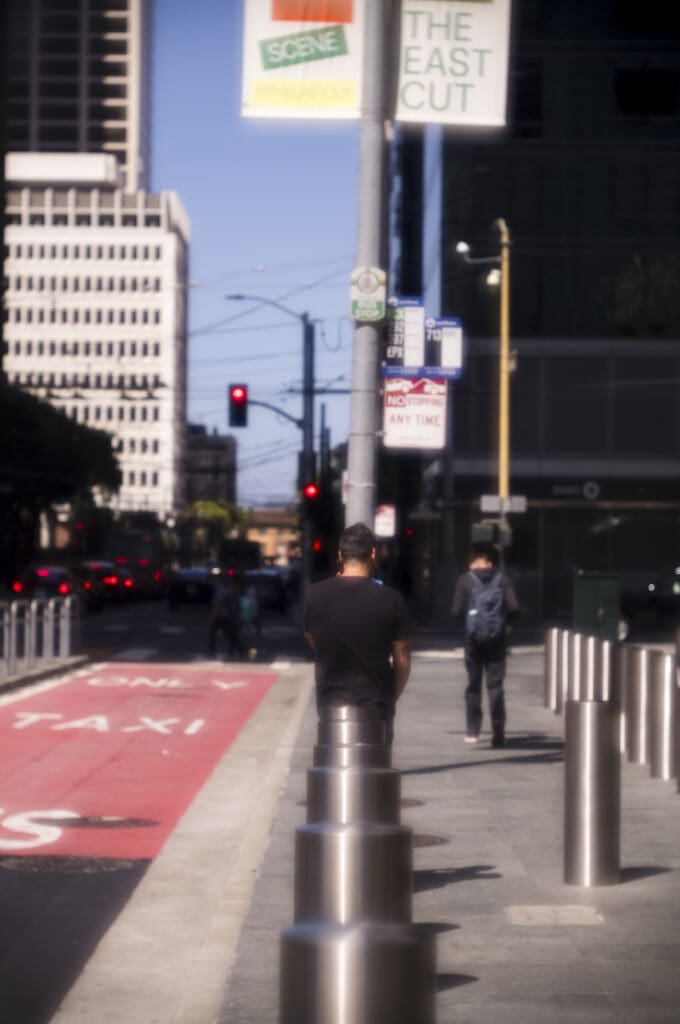
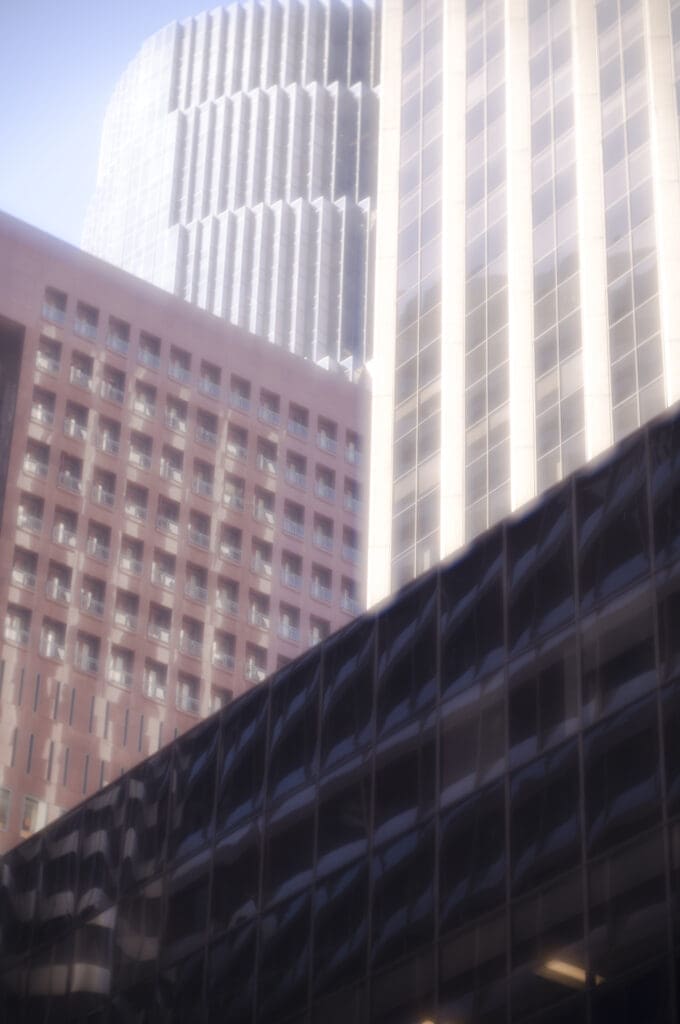
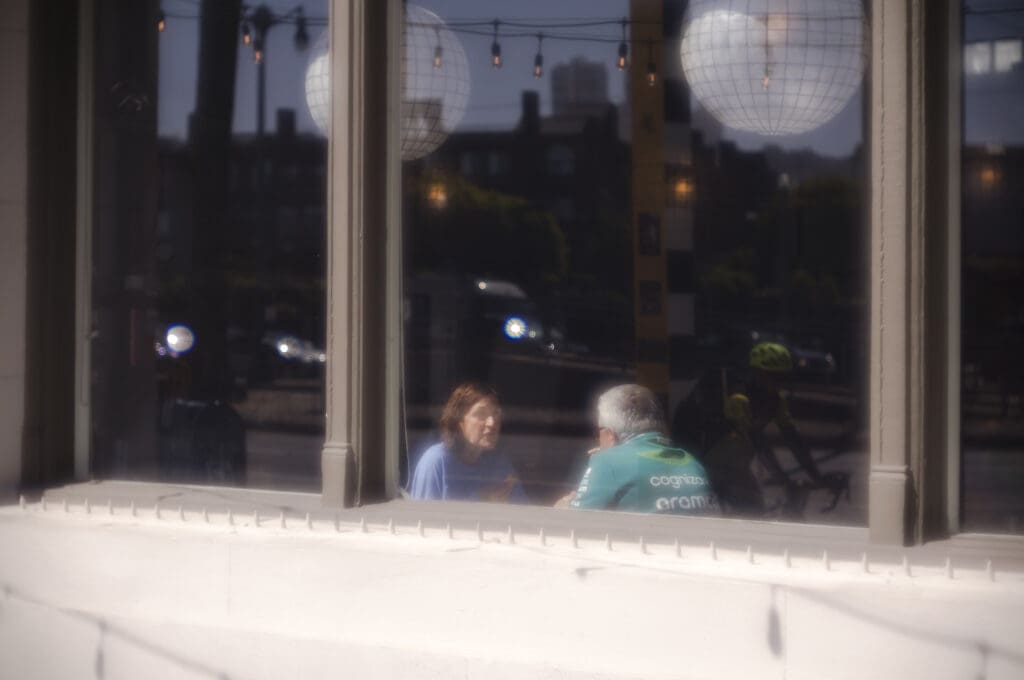
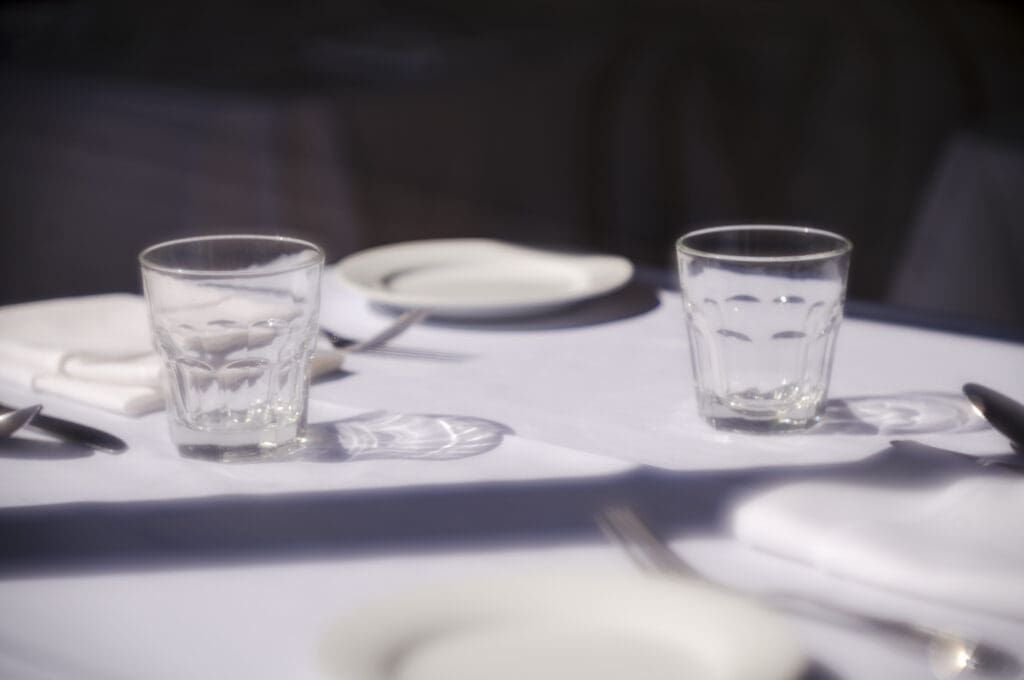
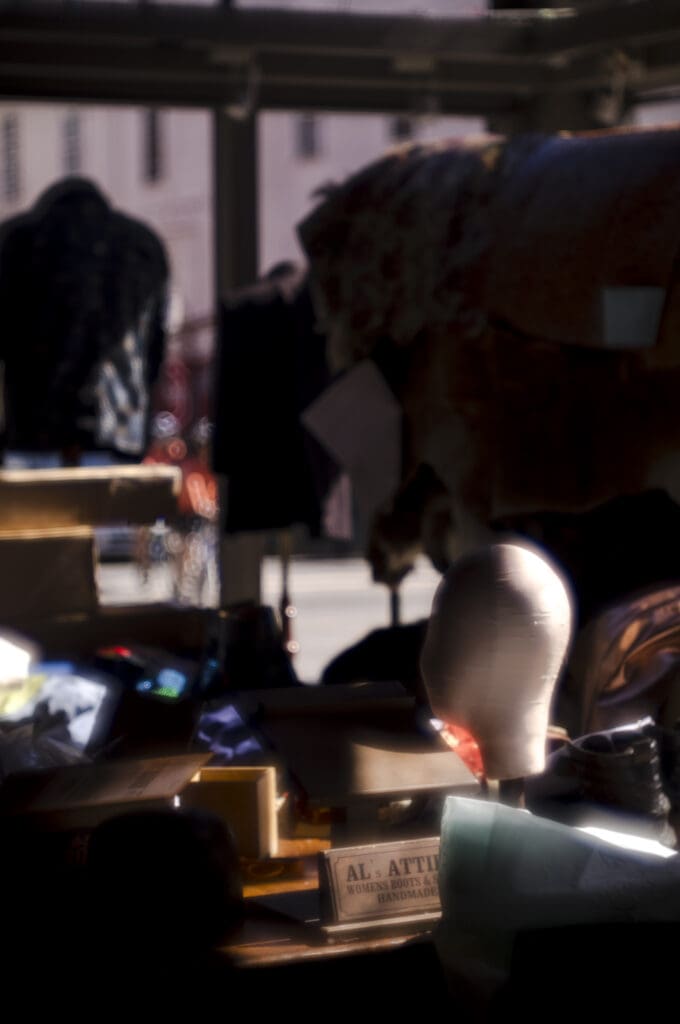
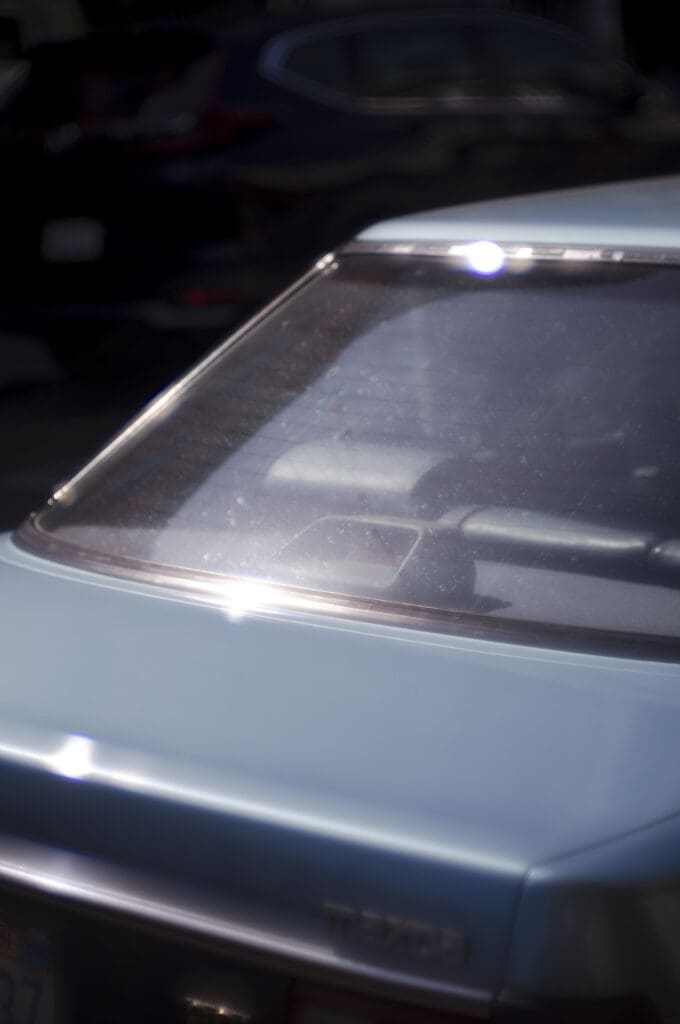
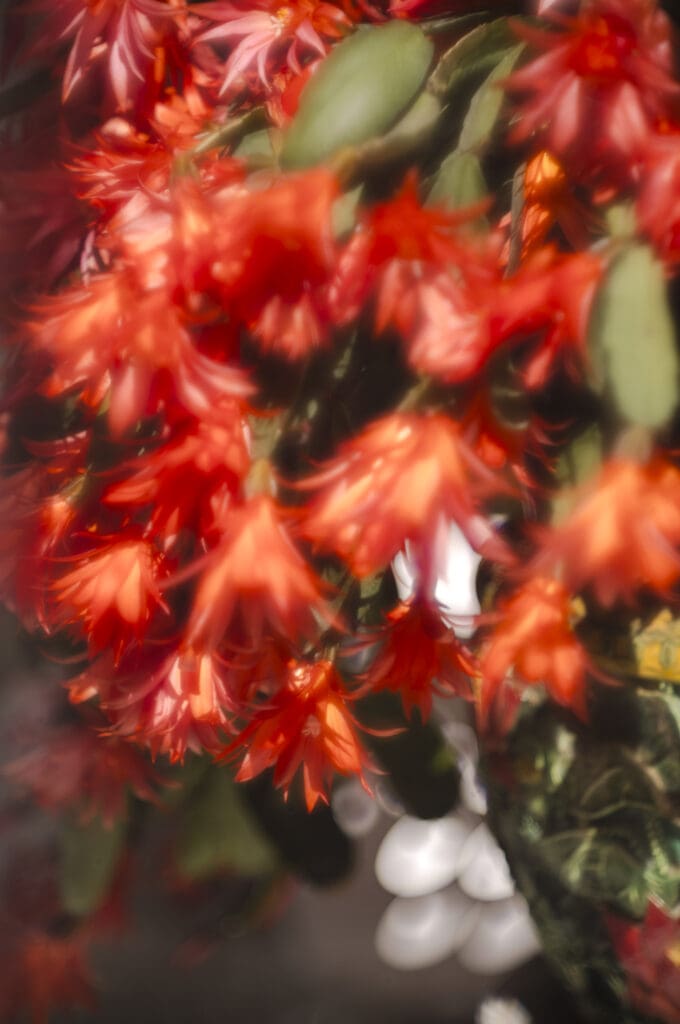
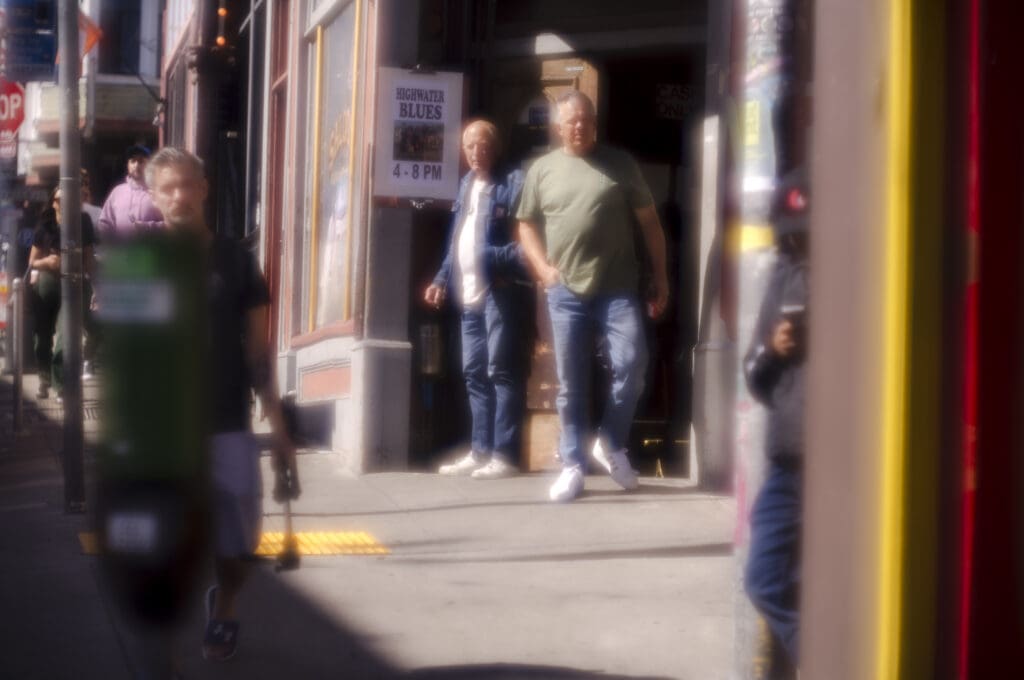



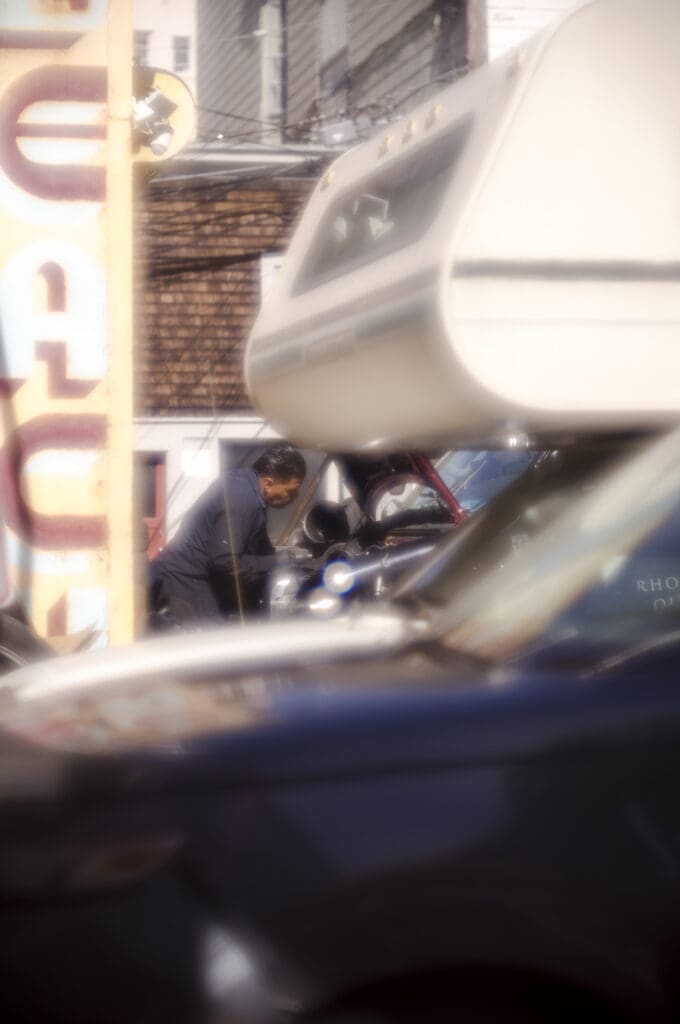
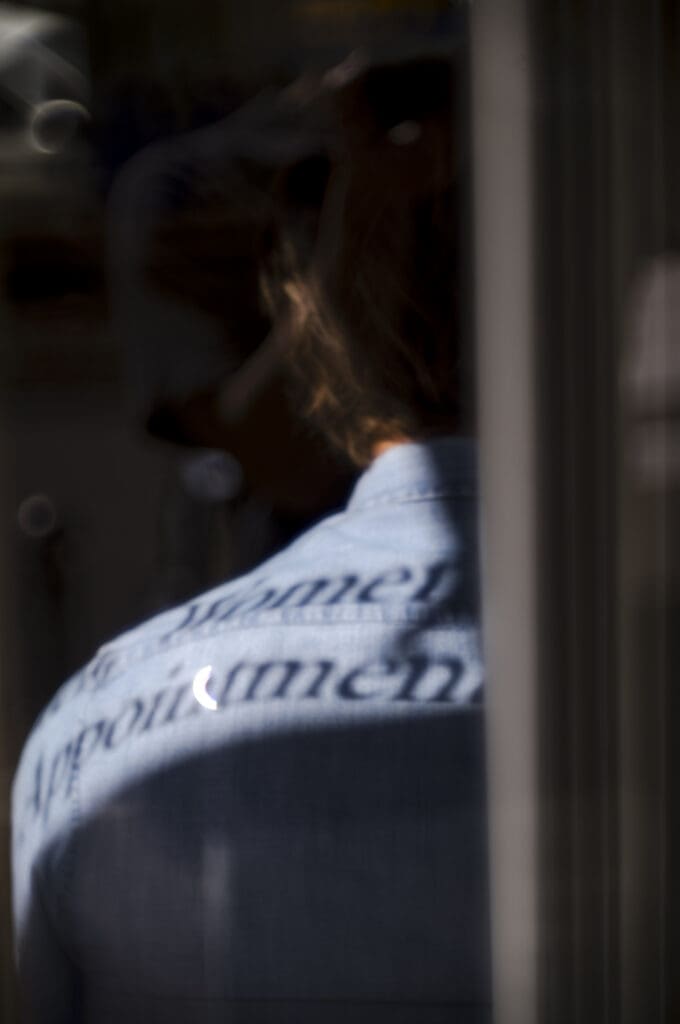
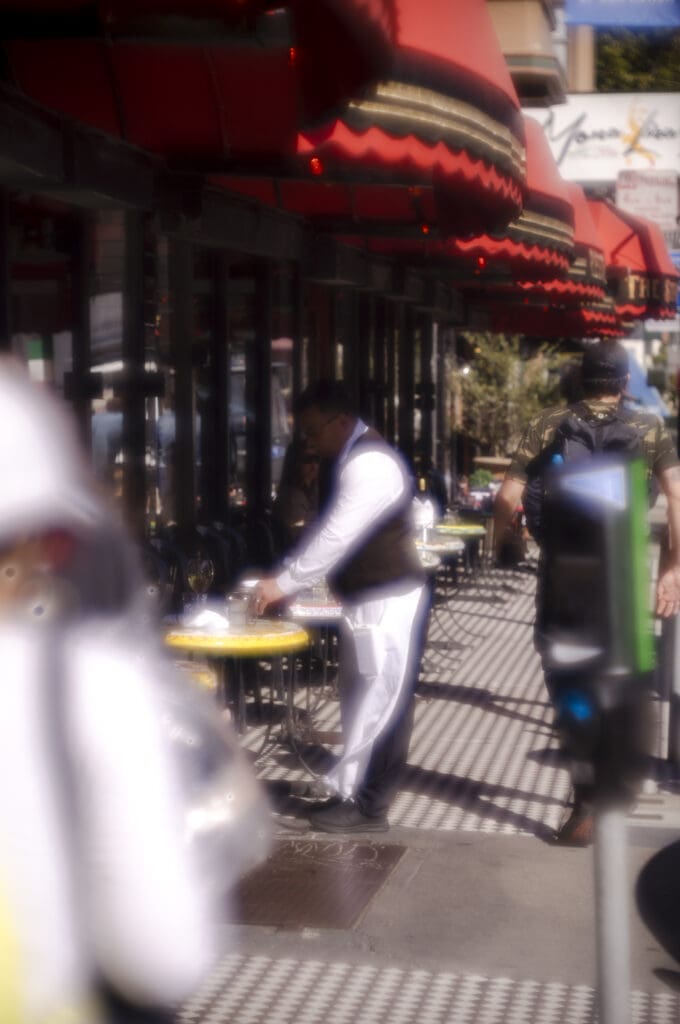
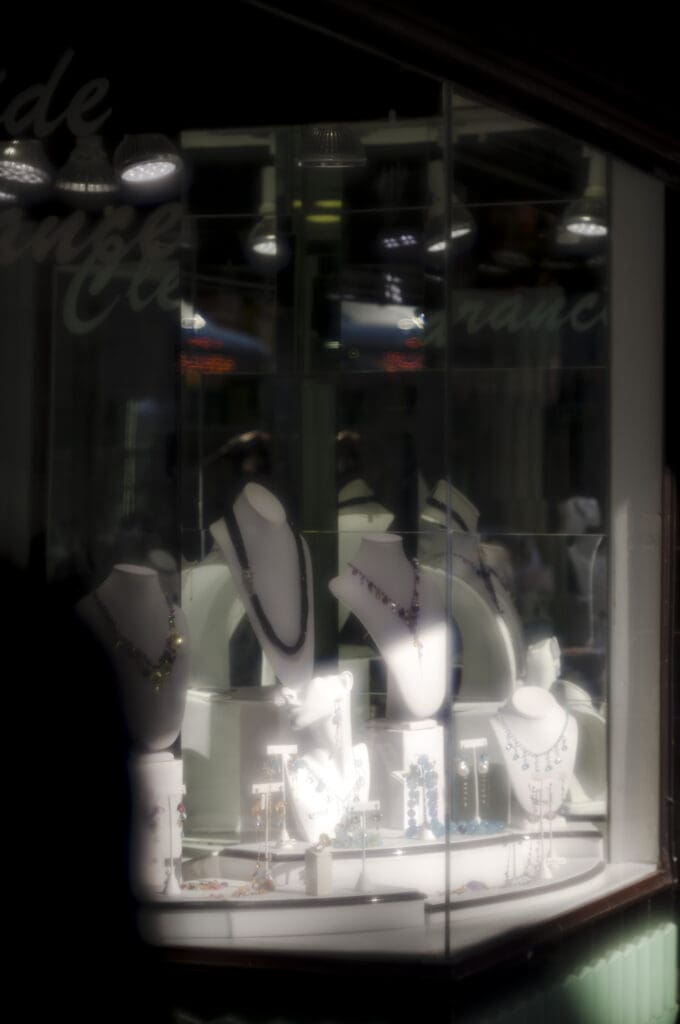
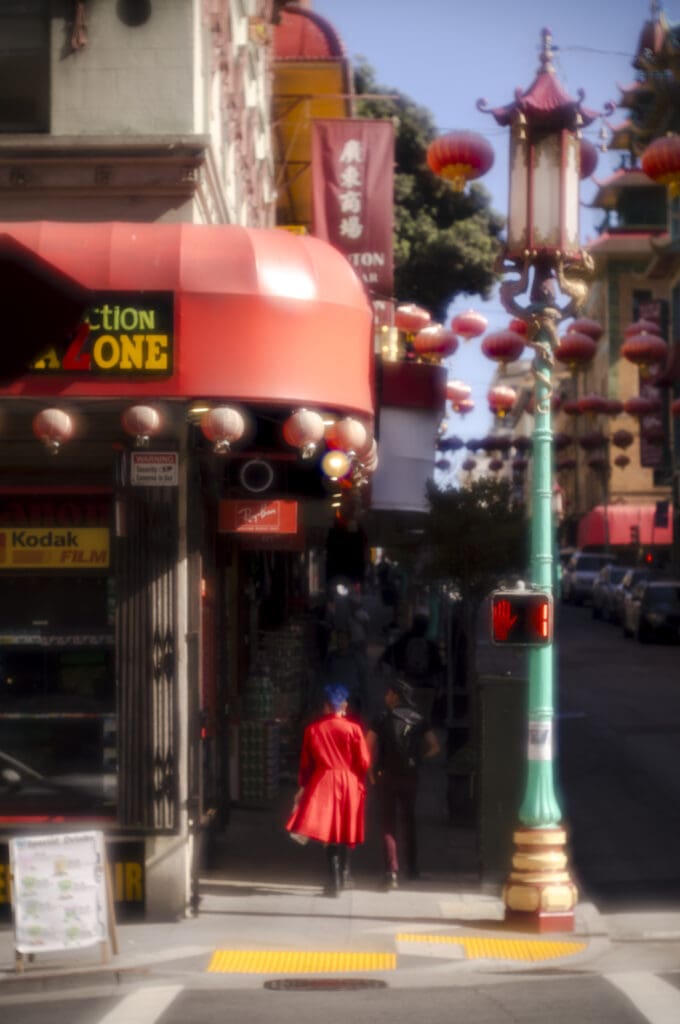
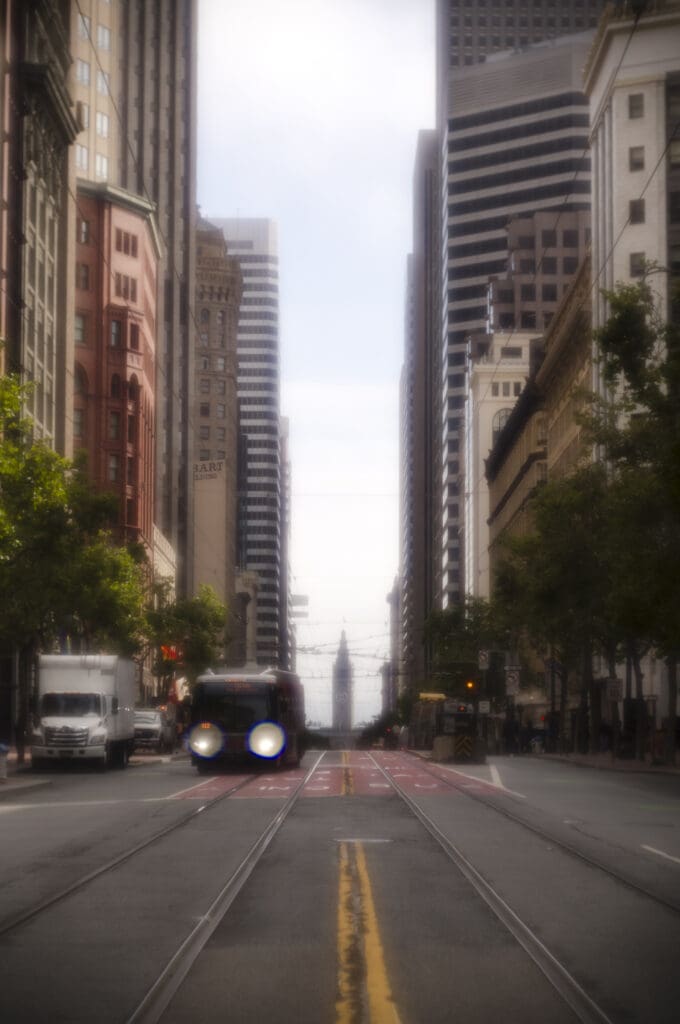
Portraits ( Filter & No Filter)




Portrait (Wide Open vs Stopped Down)

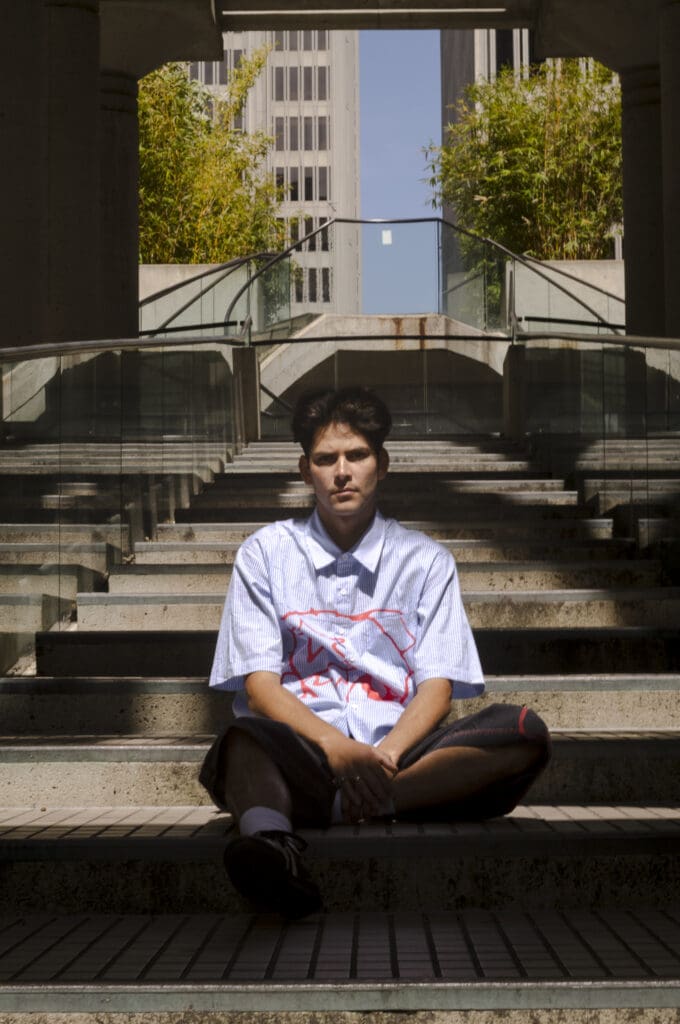
Portraits (Continued)

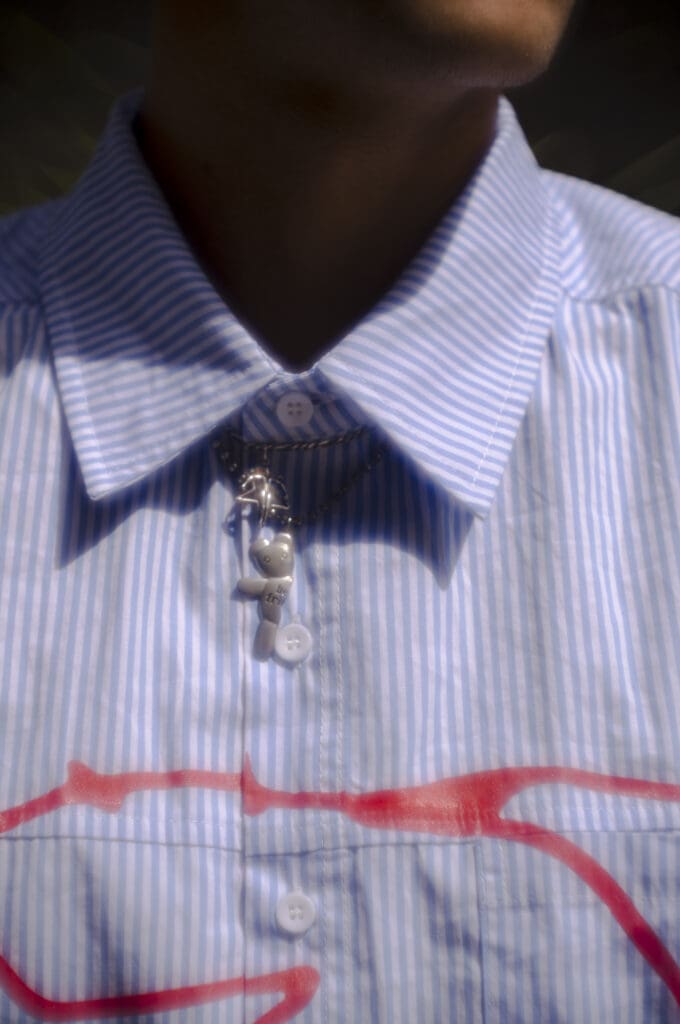
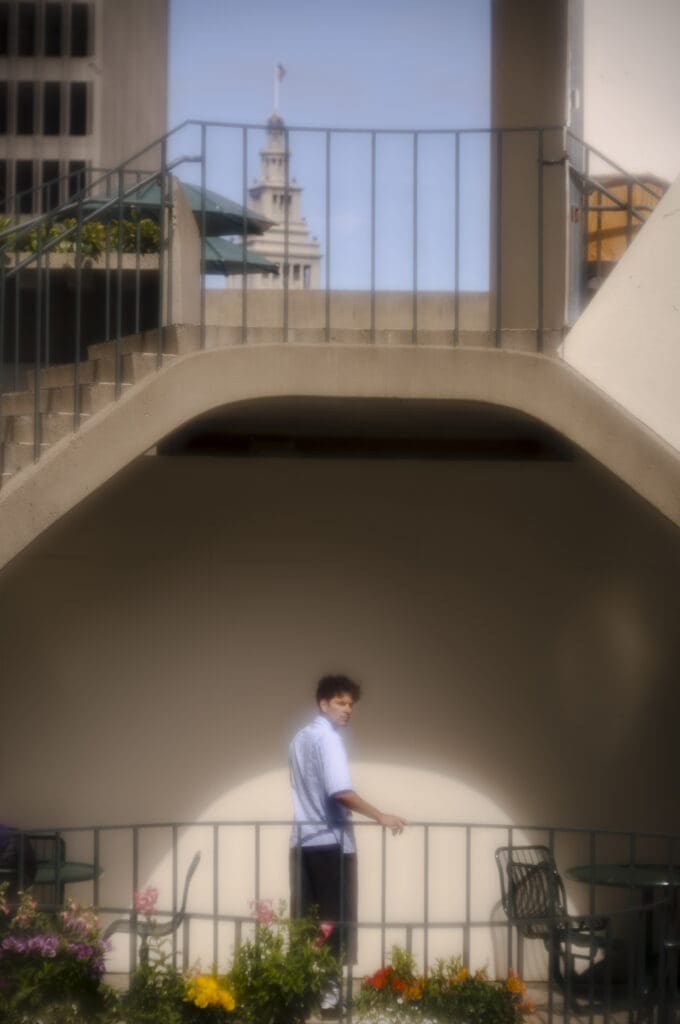
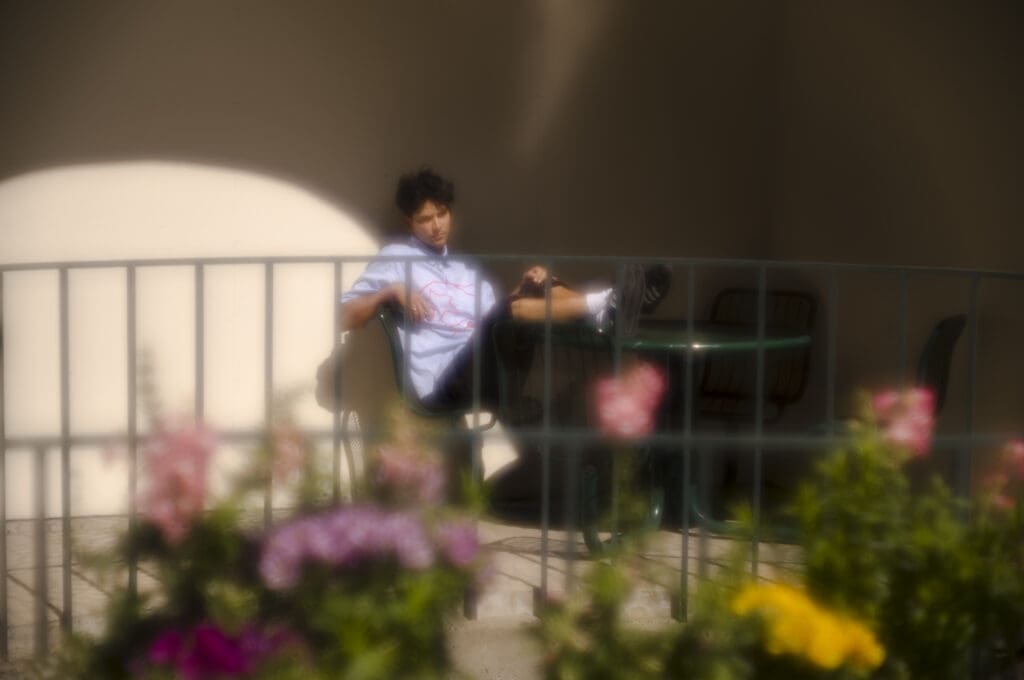
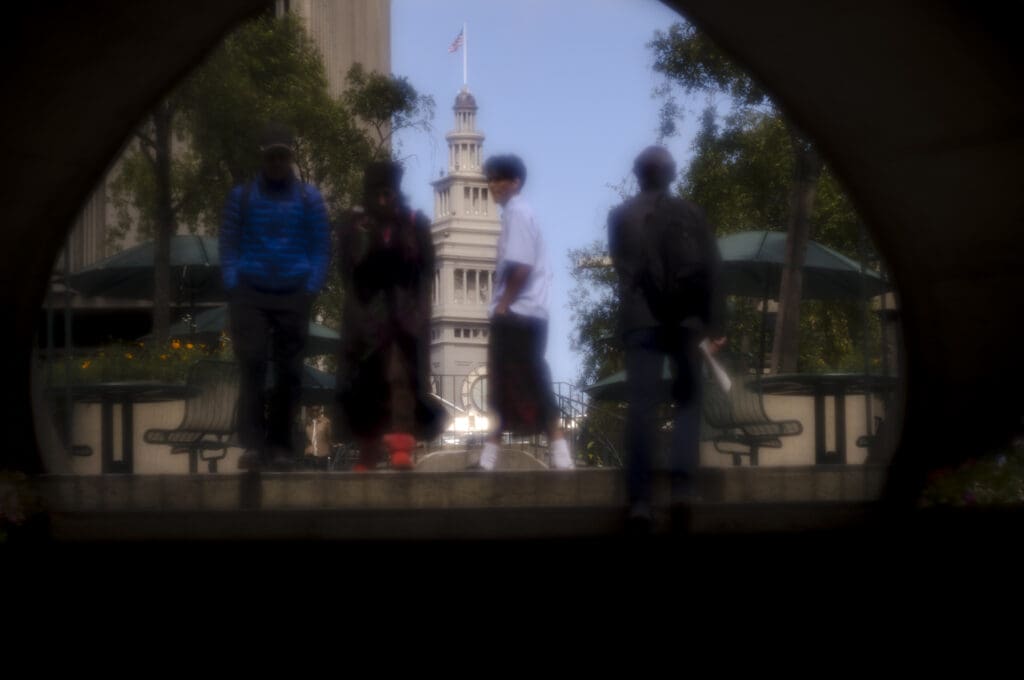
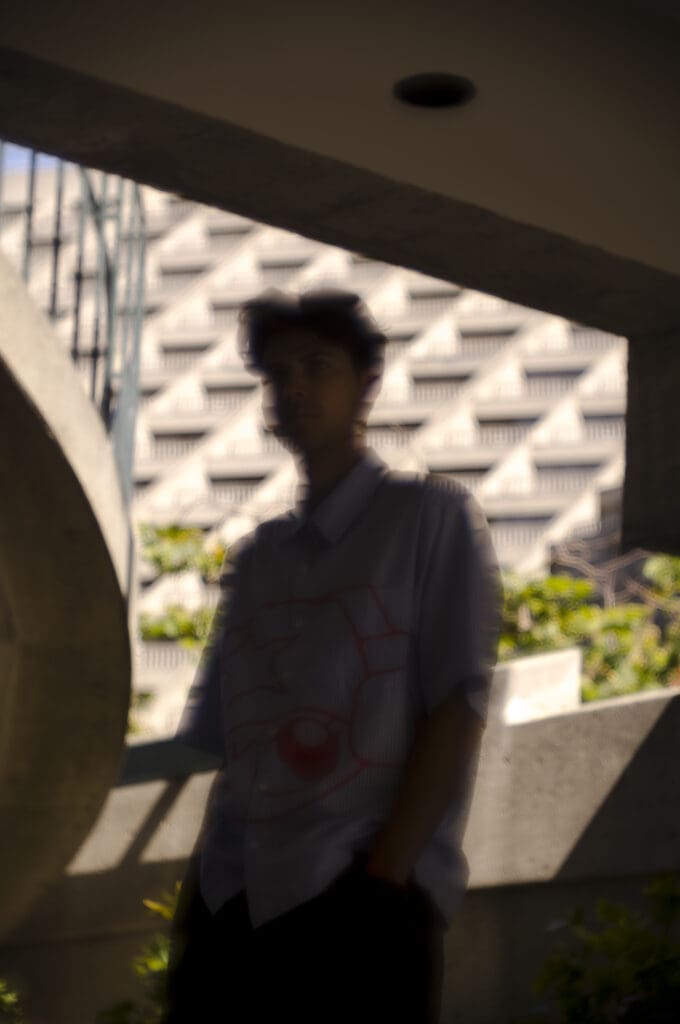
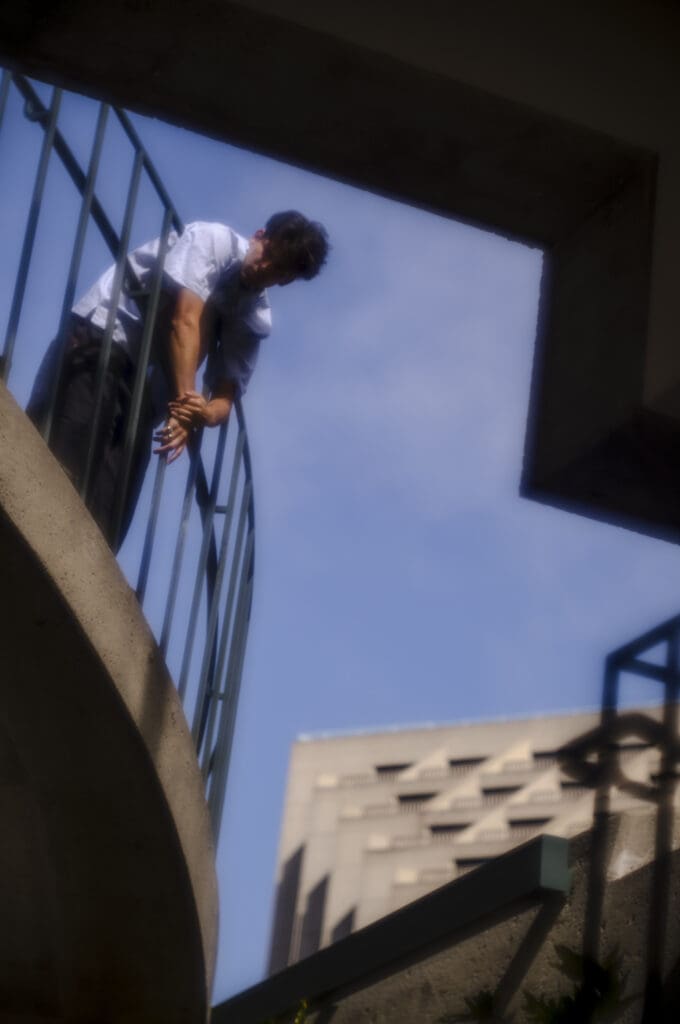
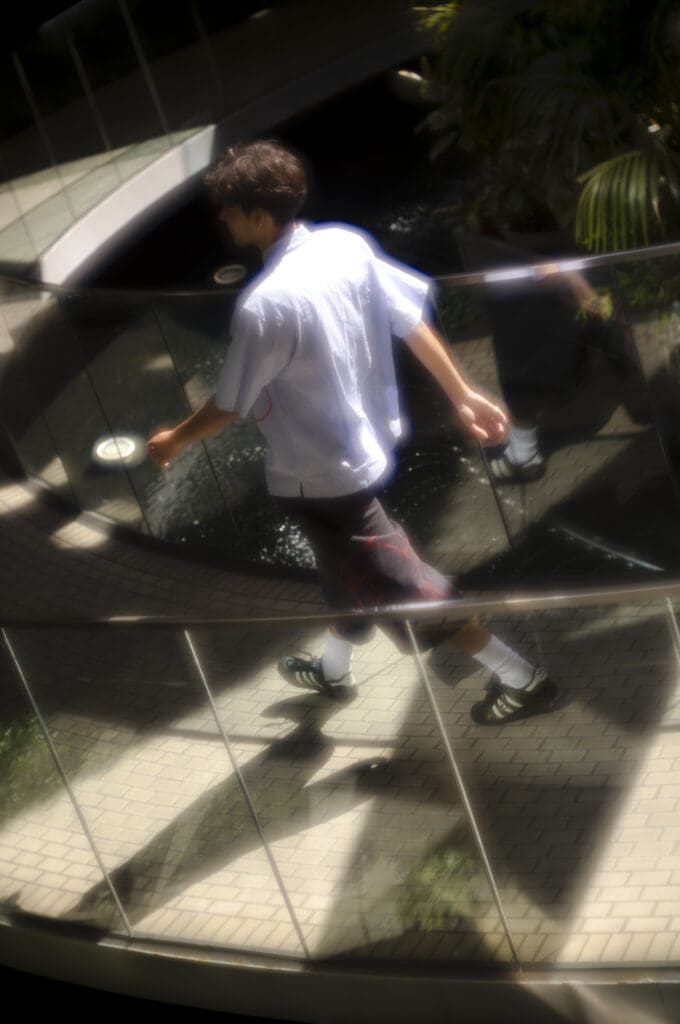
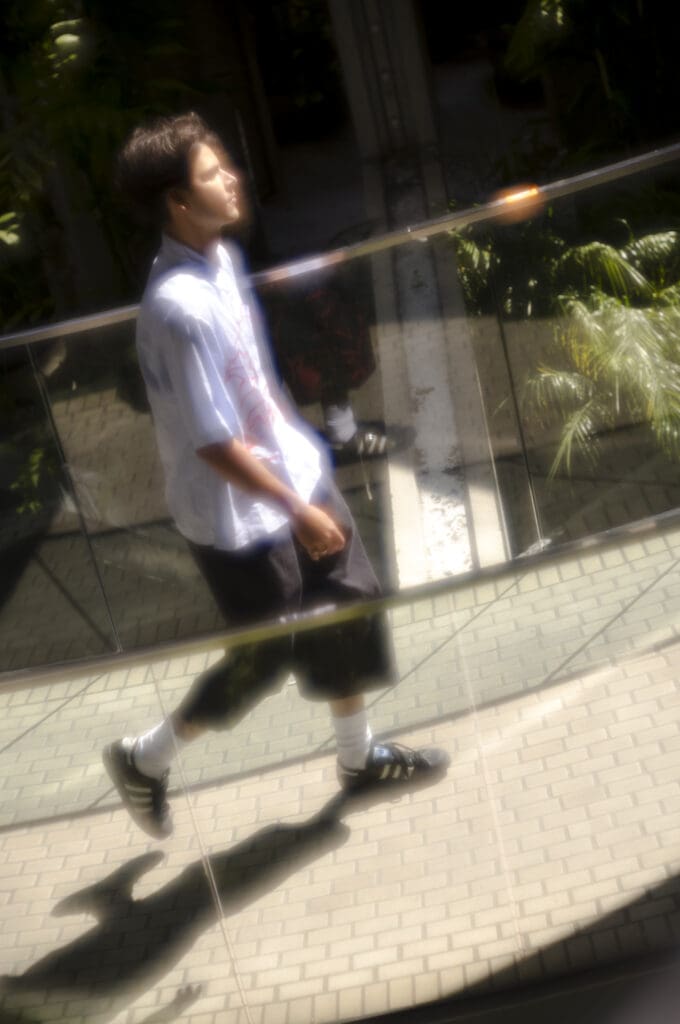

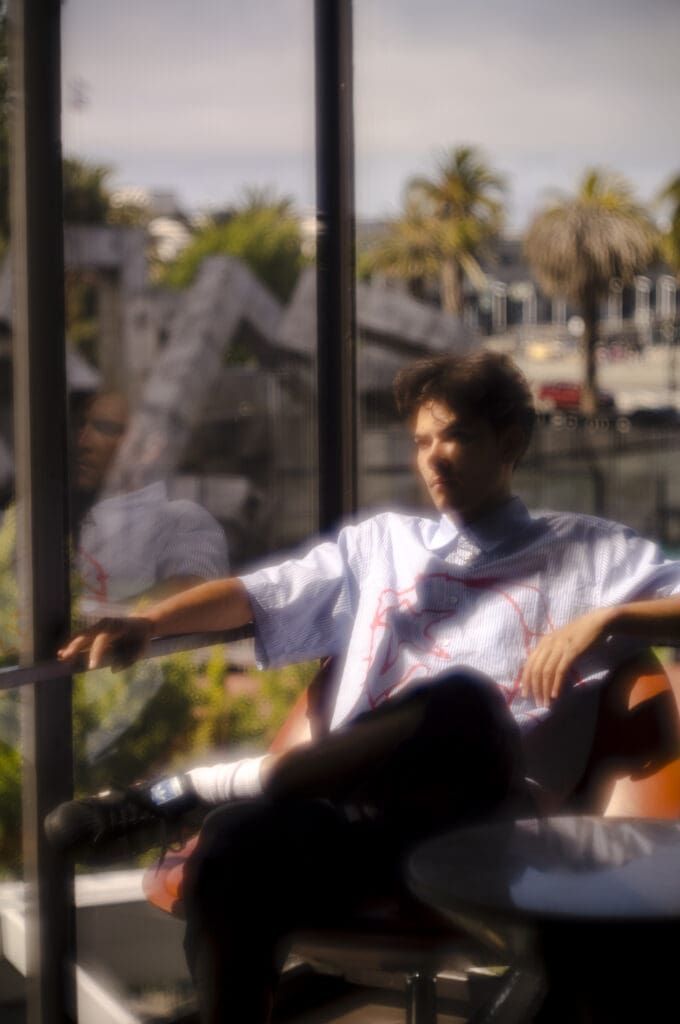

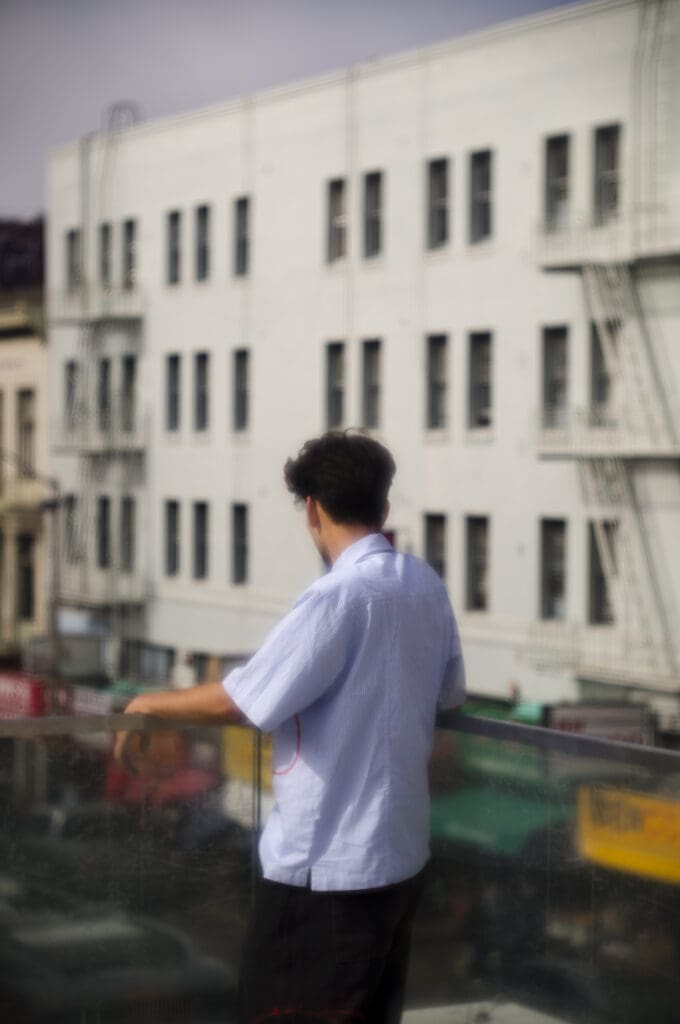
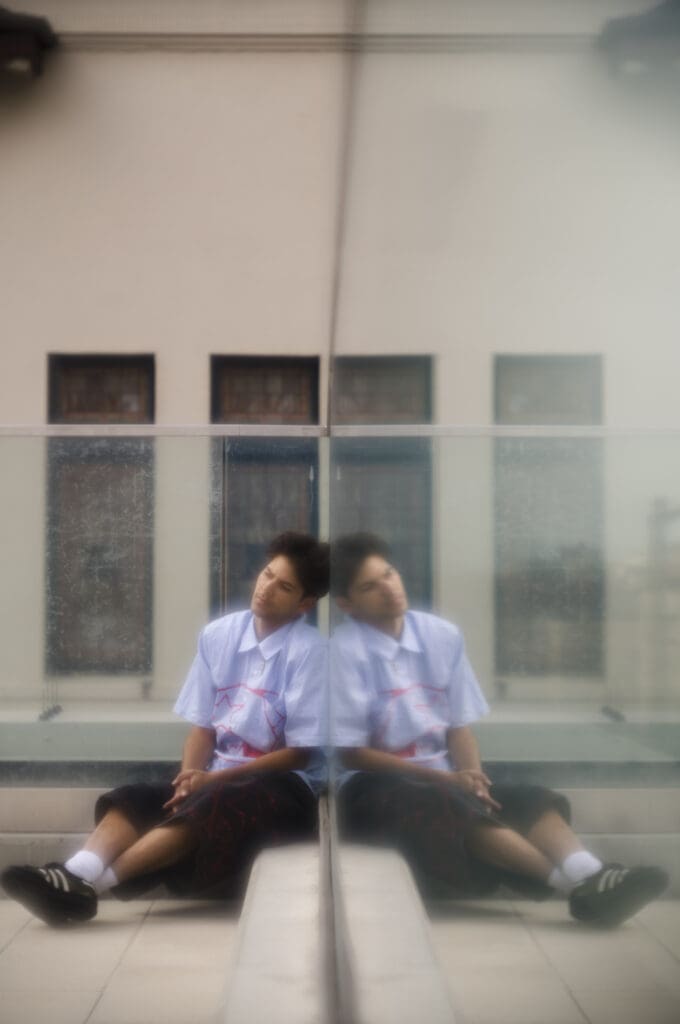
Modern Meets Vintage: The Cinestill Experiment
To further test the Thambar’s capabilities, I headed to the streets of San Francisco’s Outer Richmond district armed with a Leica MP and a roll of Cinestill 800T film. This tungsten-balanced film, pushed to ISO 6400, presented an exciting opportunity to observe how the Thambar’s glow harmonized with the film’s halation—a signature effect in Cinestill films. The results were nothing short of fascinating, merging 1930s optics with modern film technology to produce magical images that seemed almost ethereal in quality.
The lens displayed a remarkable ability to render light sources with a cinematic glow that truly set it apart from modern lenses. While I encountered challenges in focusing, especially in low light, the Thambar was successful in lending a romantic softness to each shot.
Night Film (Cinestill 800T)


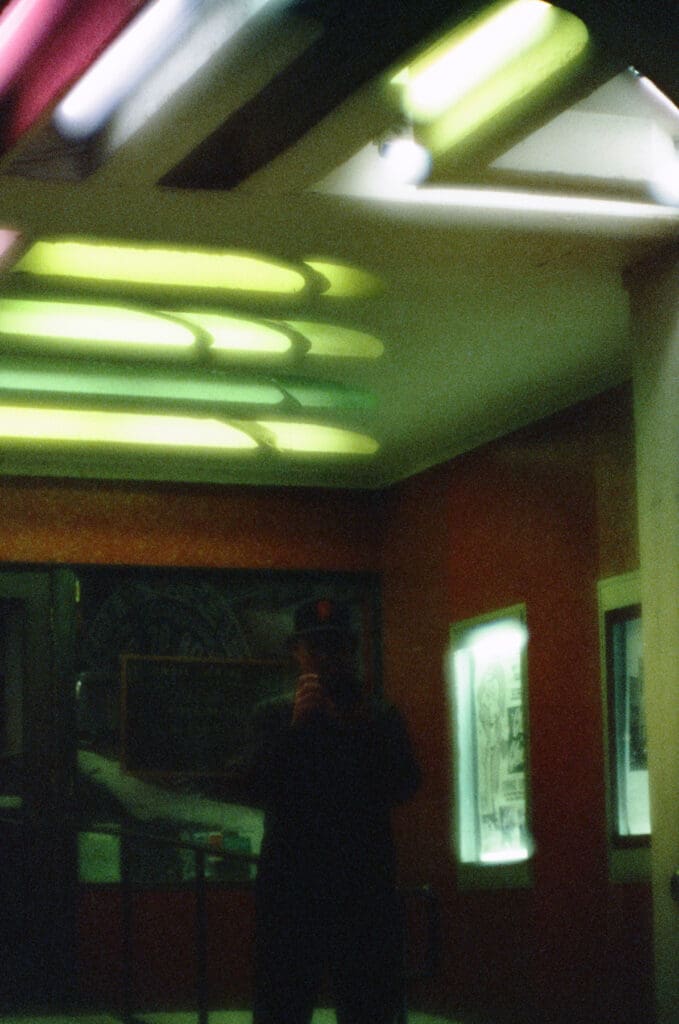
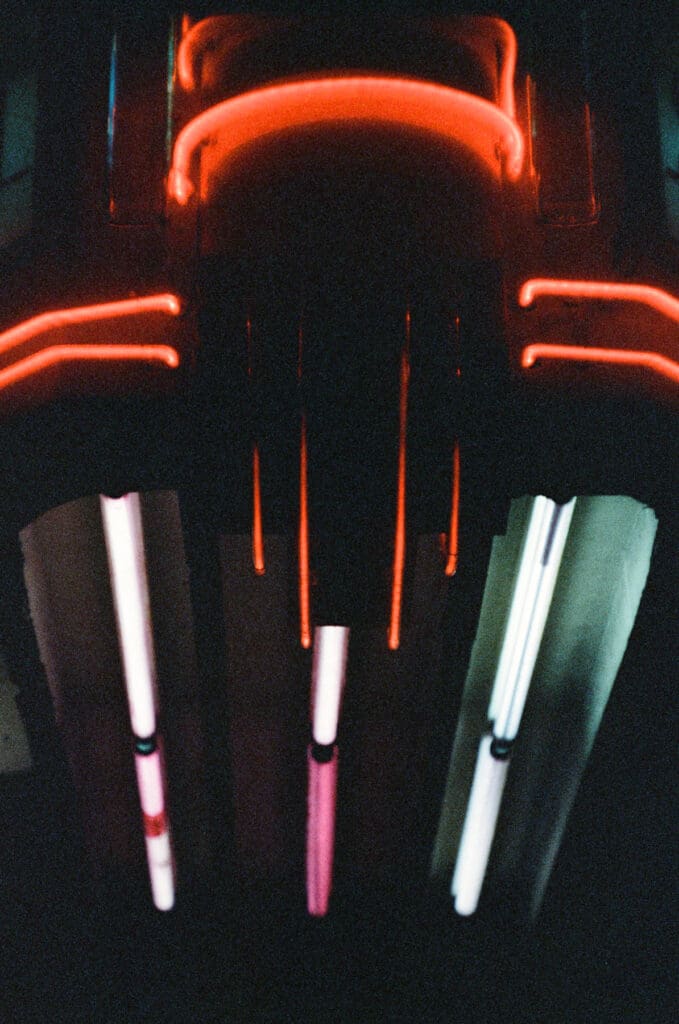
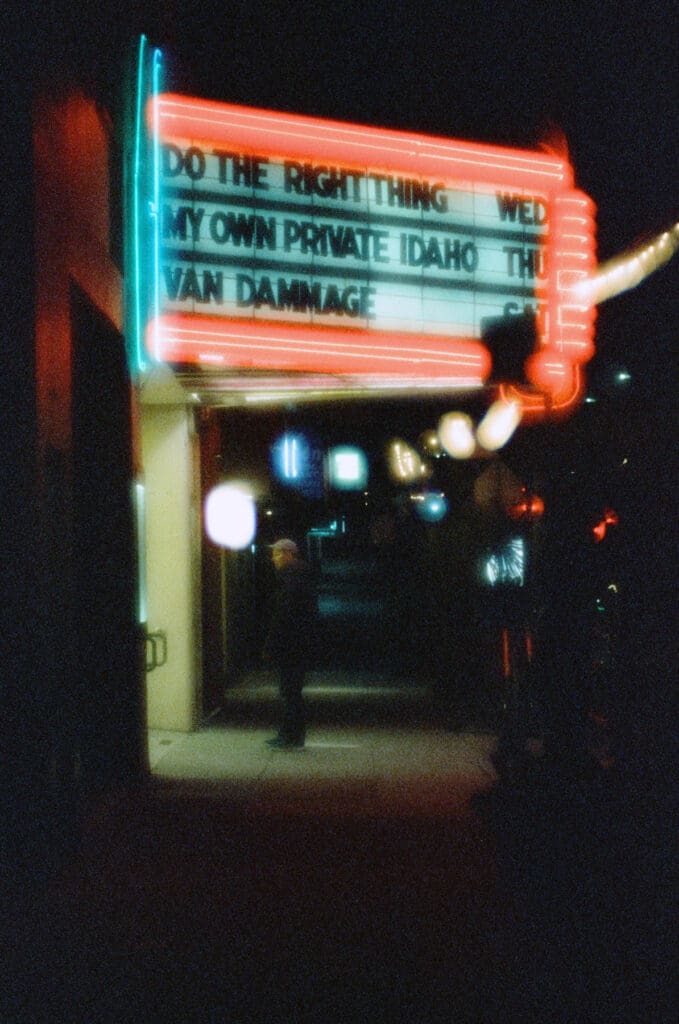
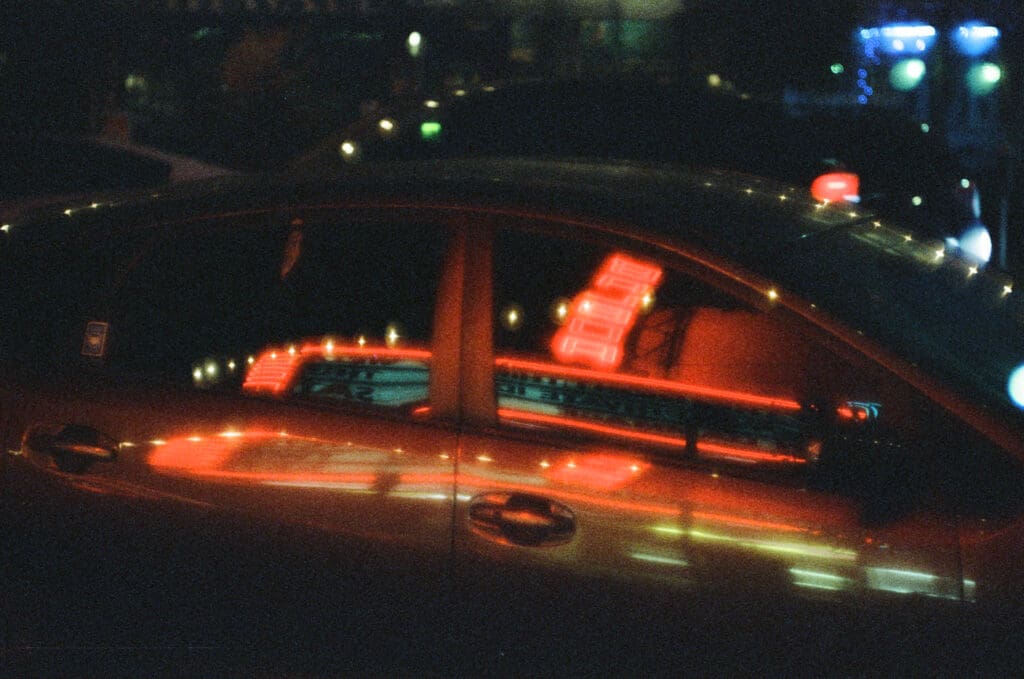
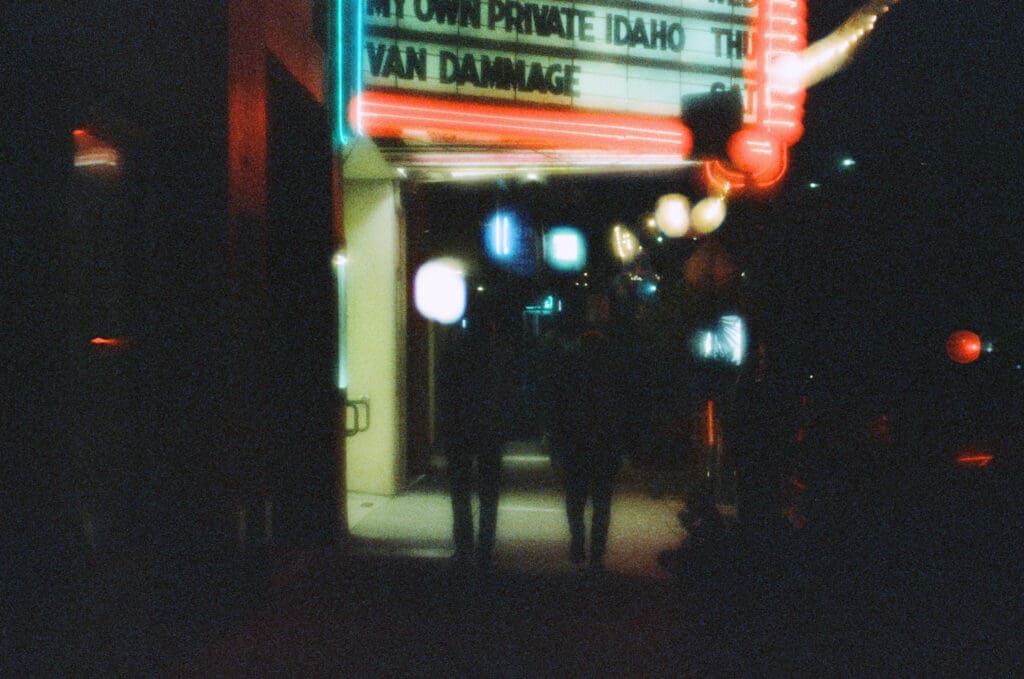
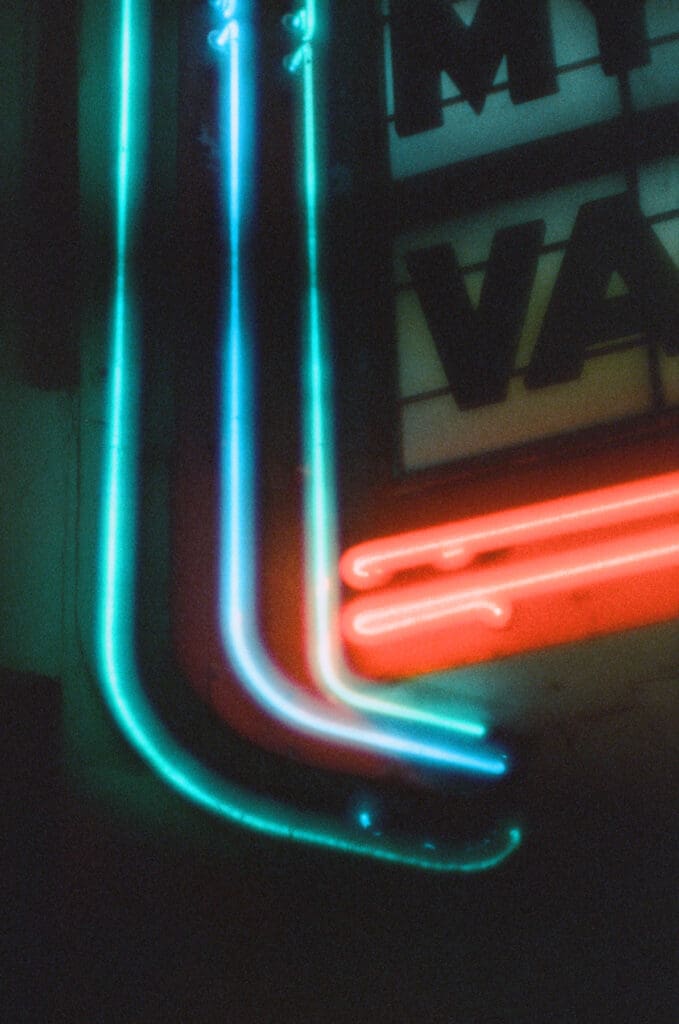
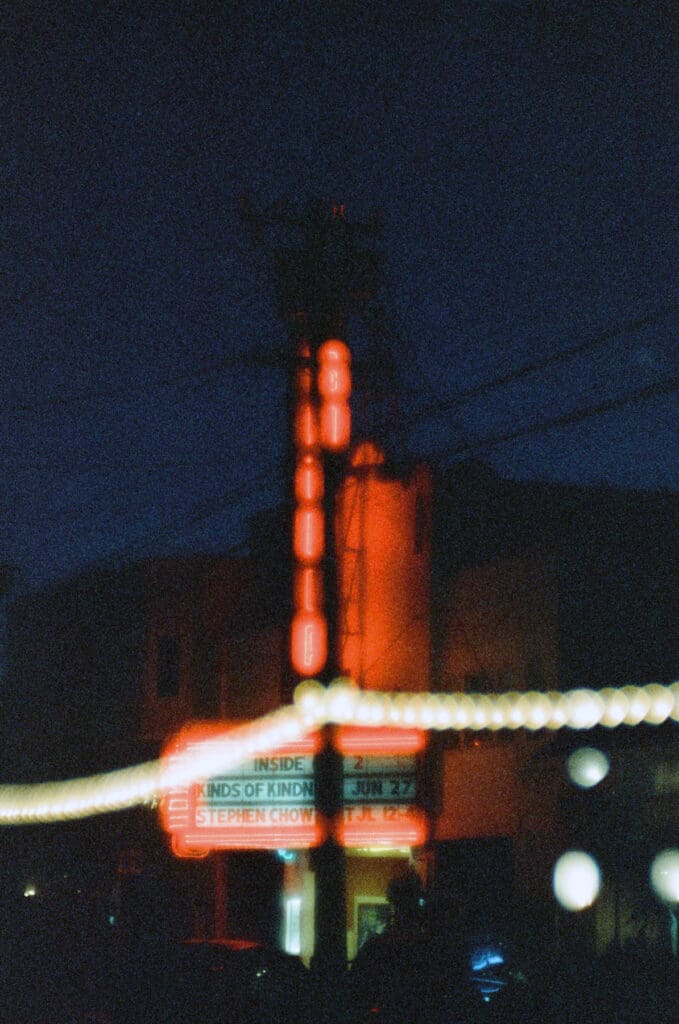
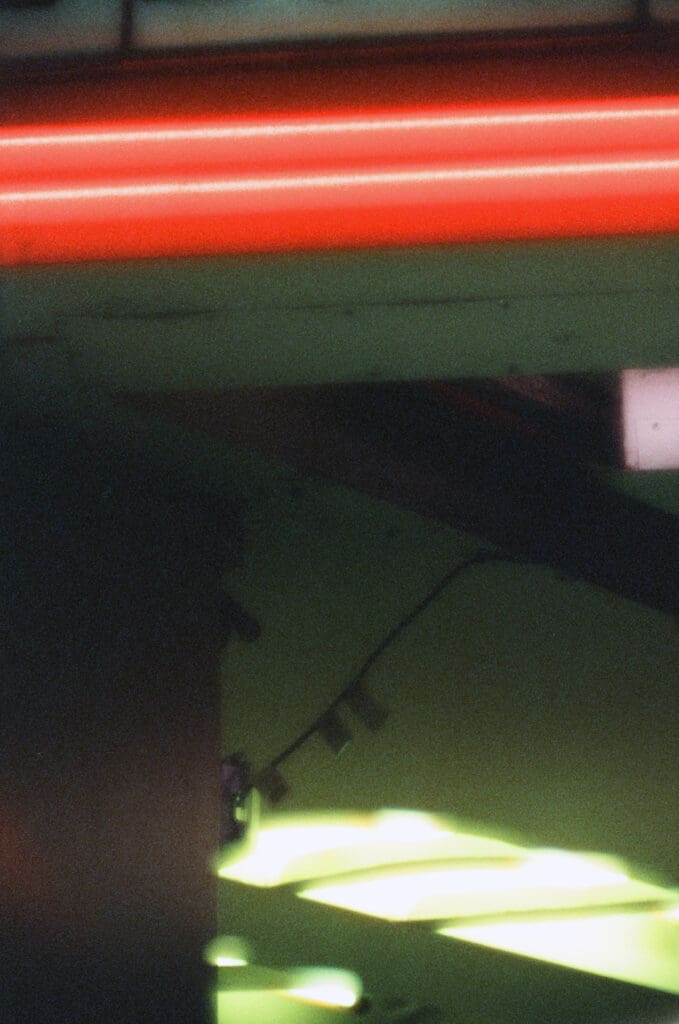
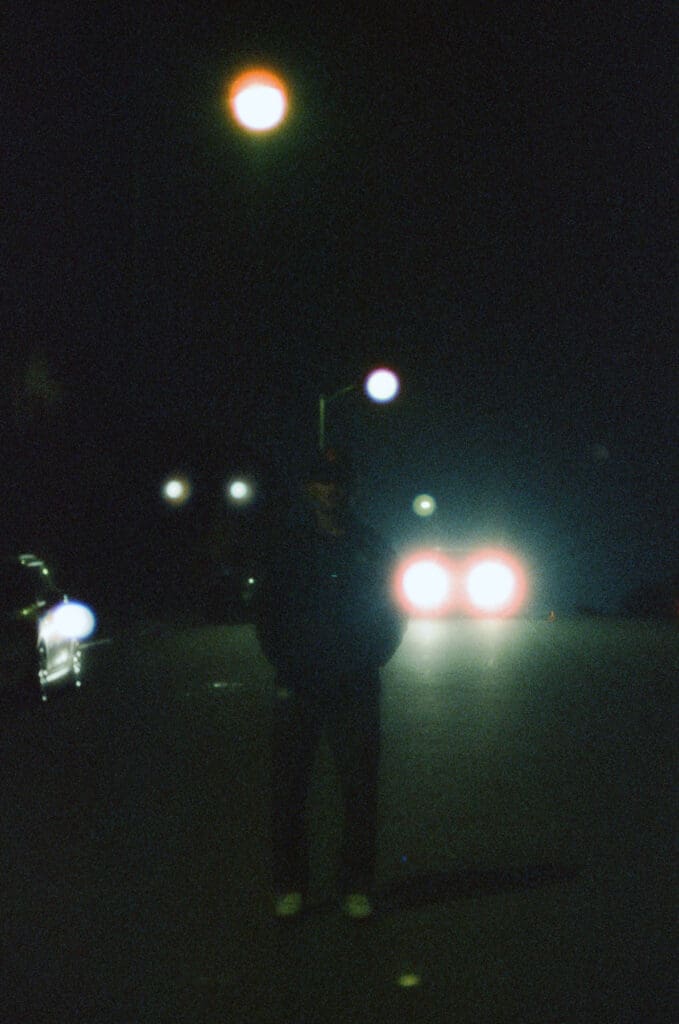


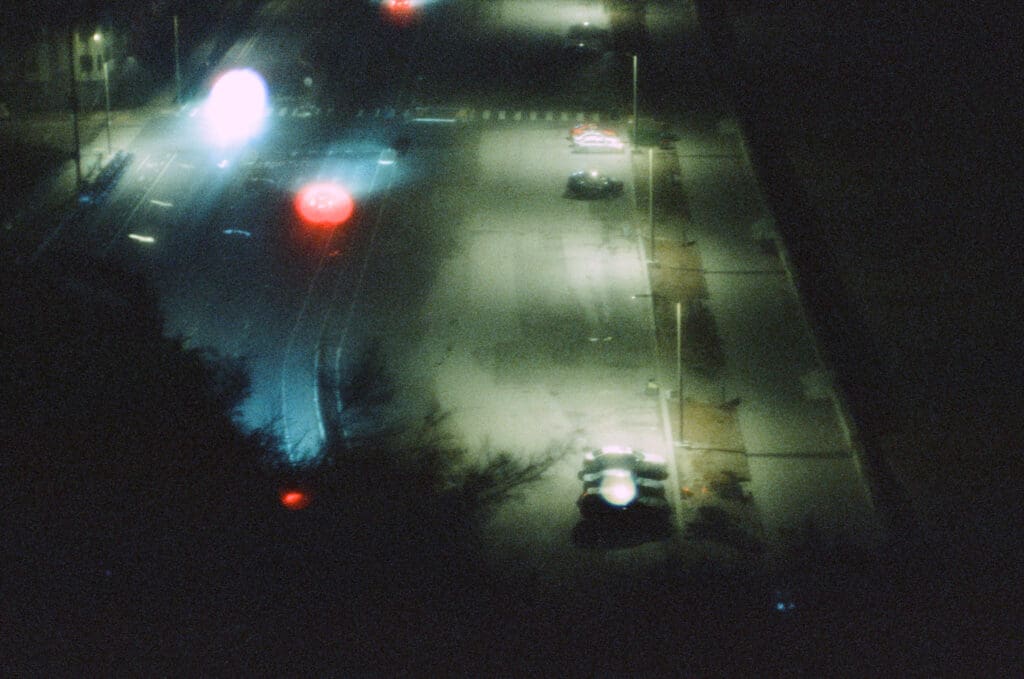
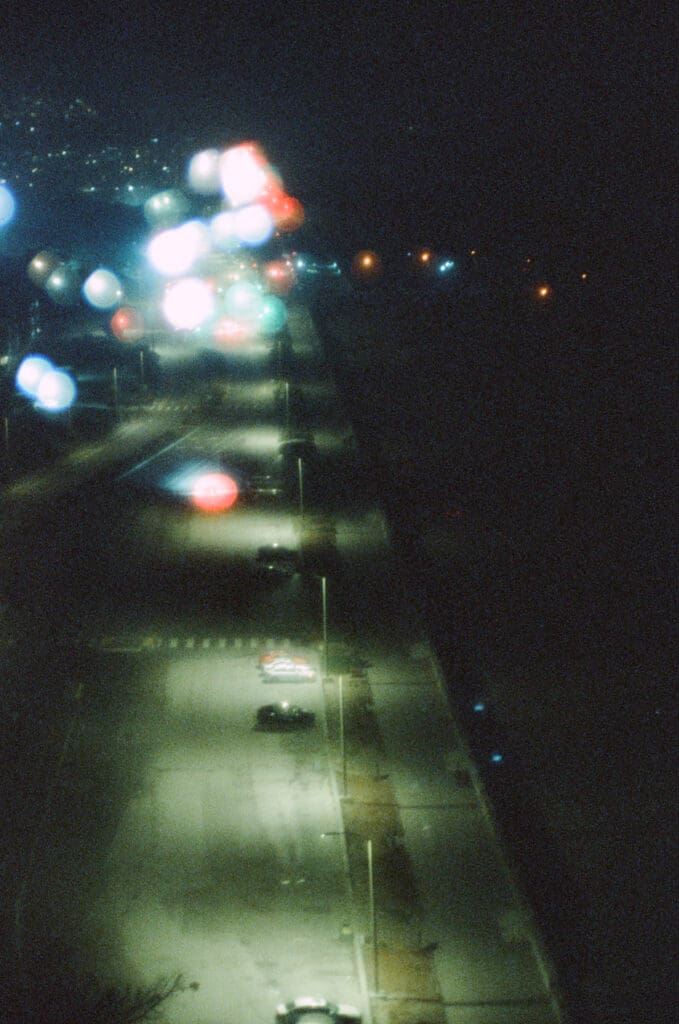
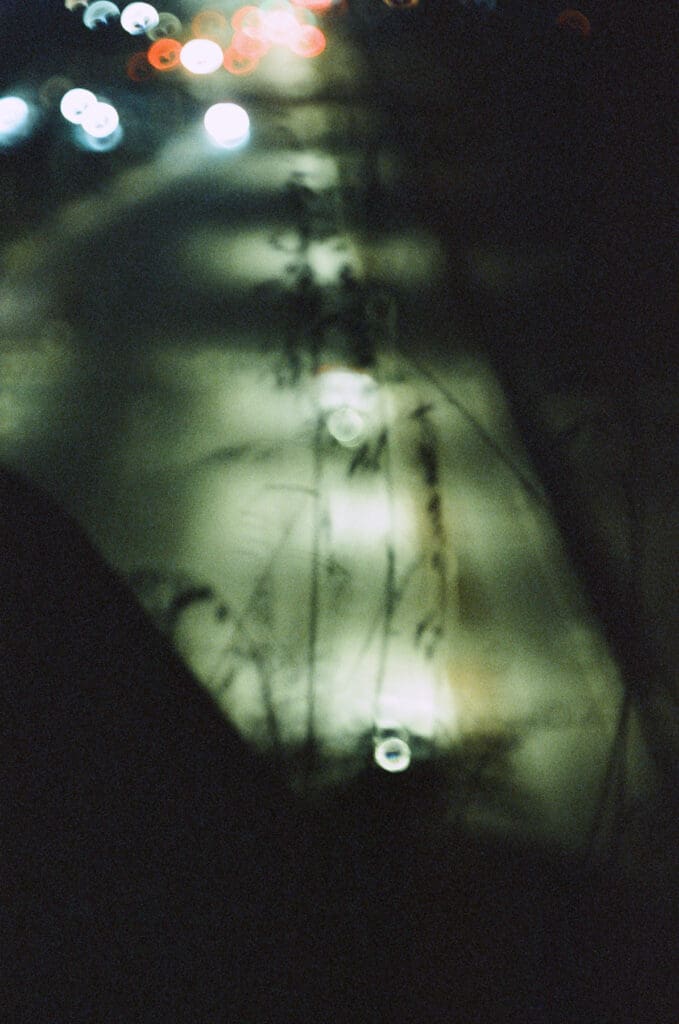
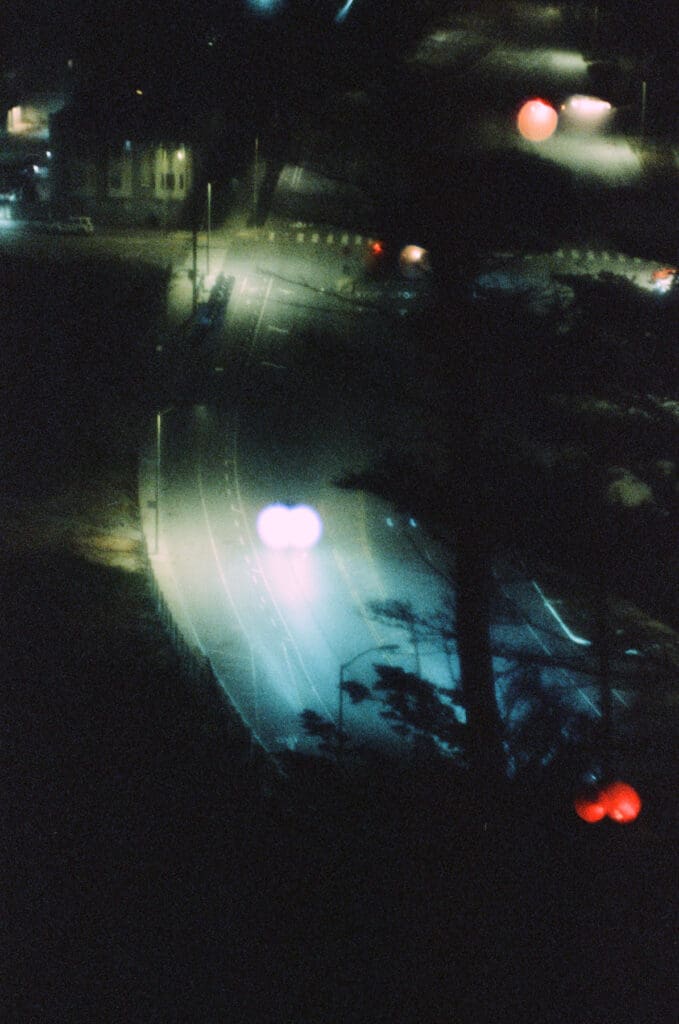

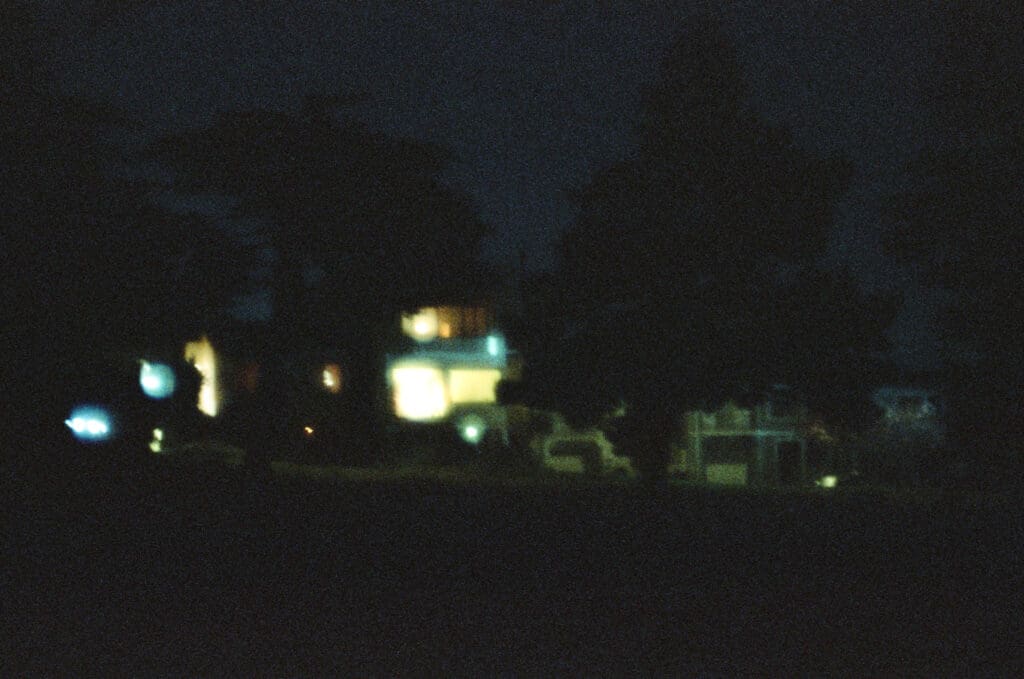
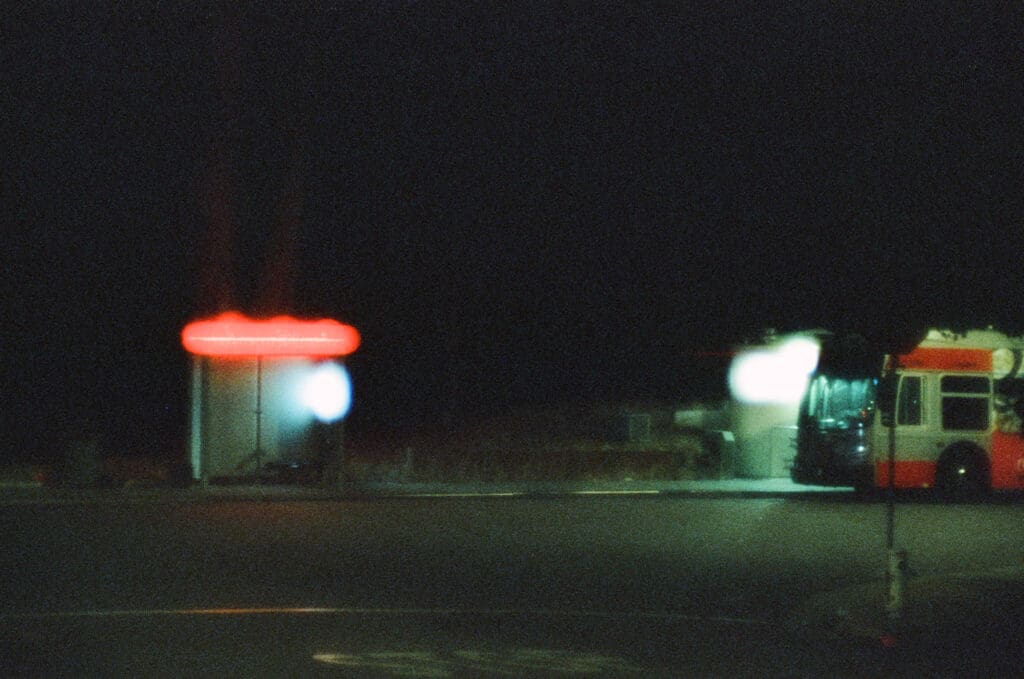
Night Digital (Leica M11-P – JPEG Straight-Out-Of-Camera)

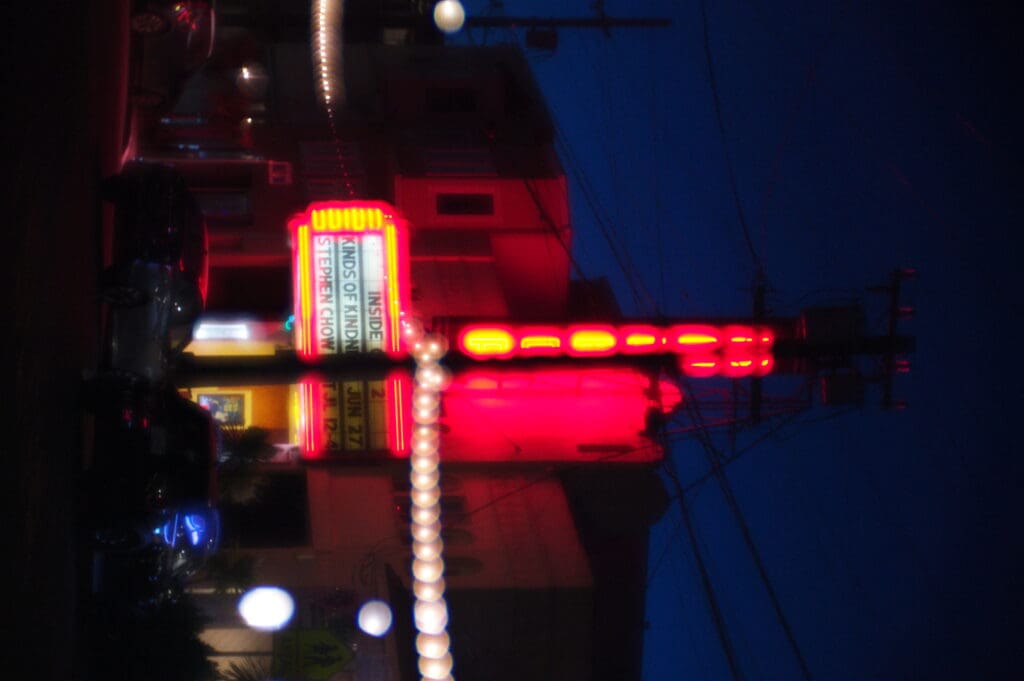
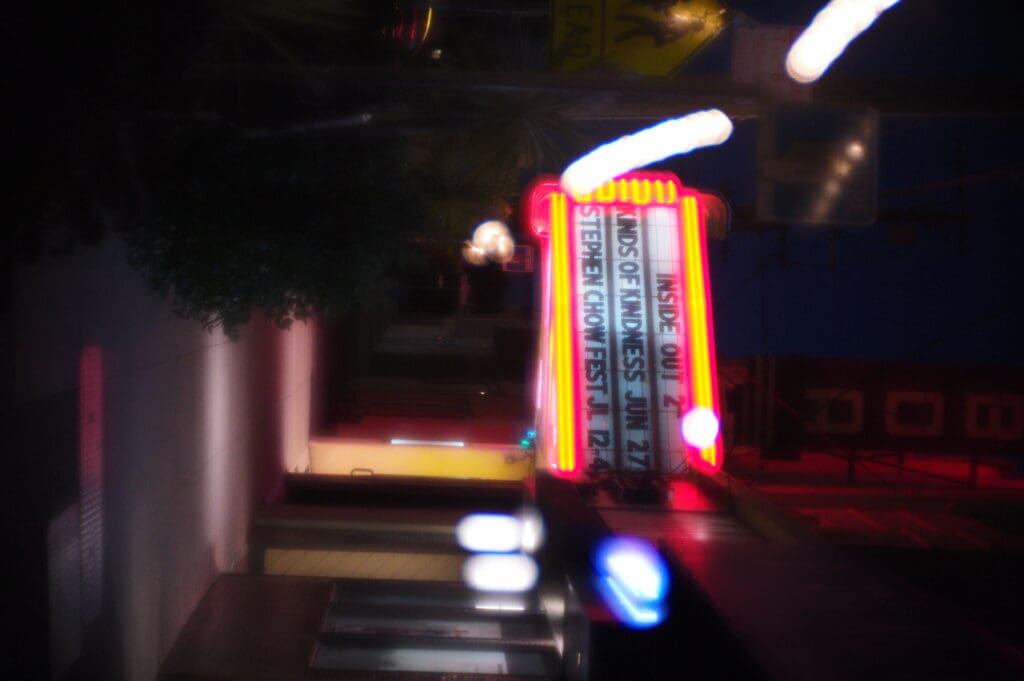
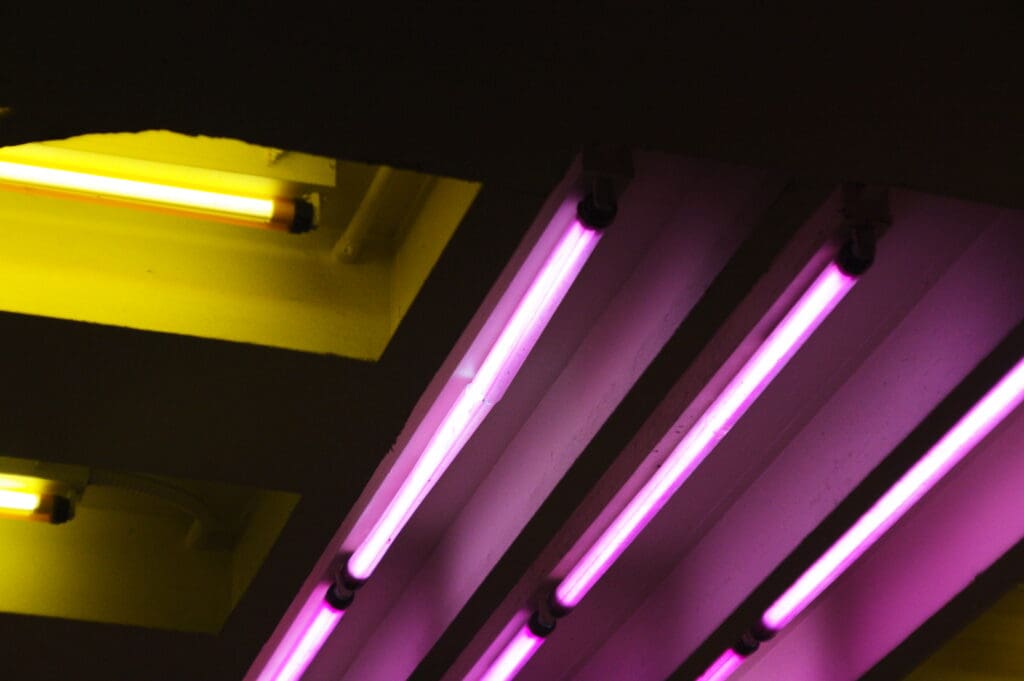
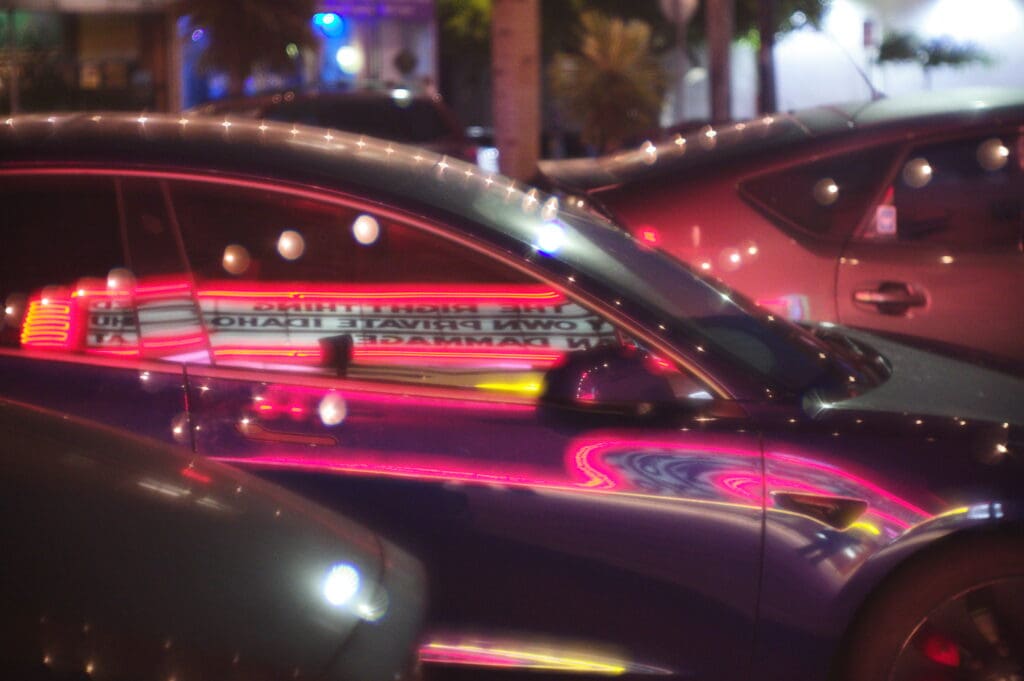
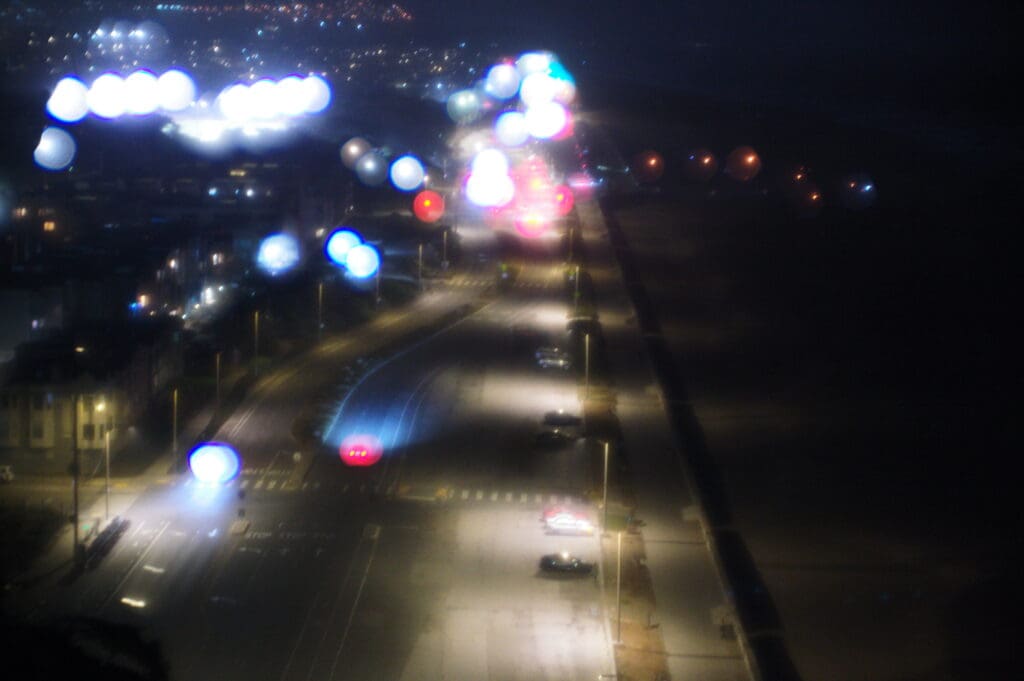
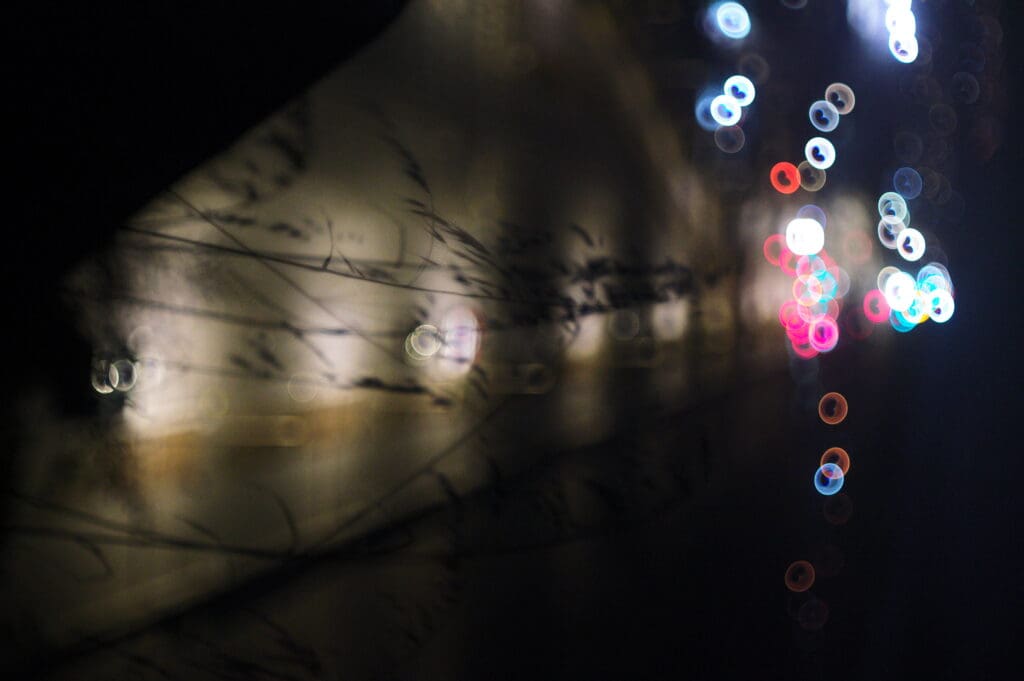
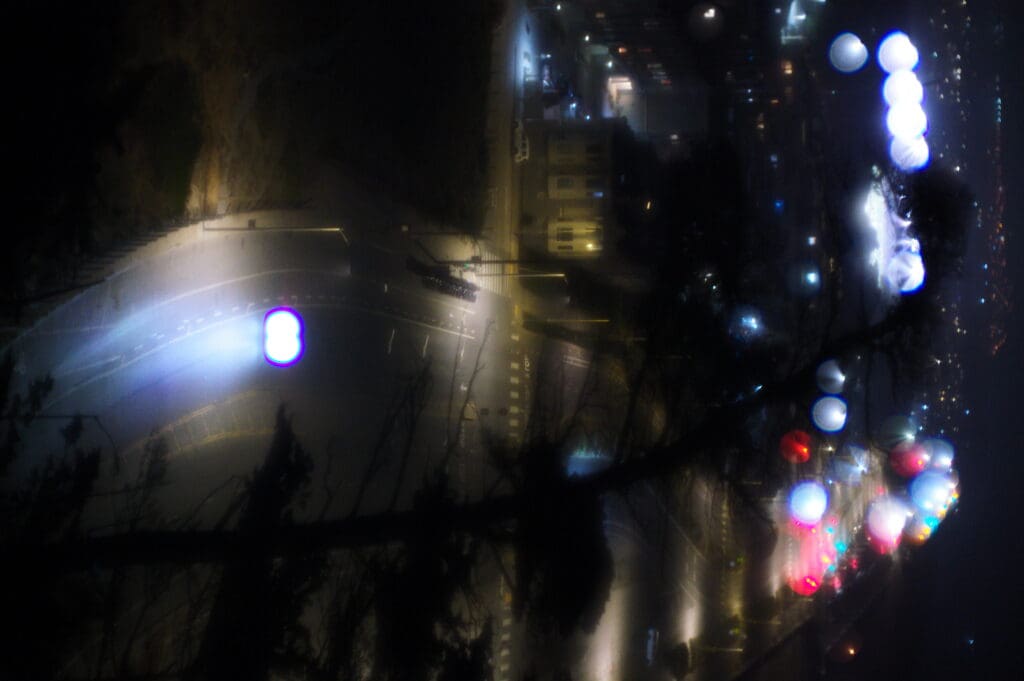
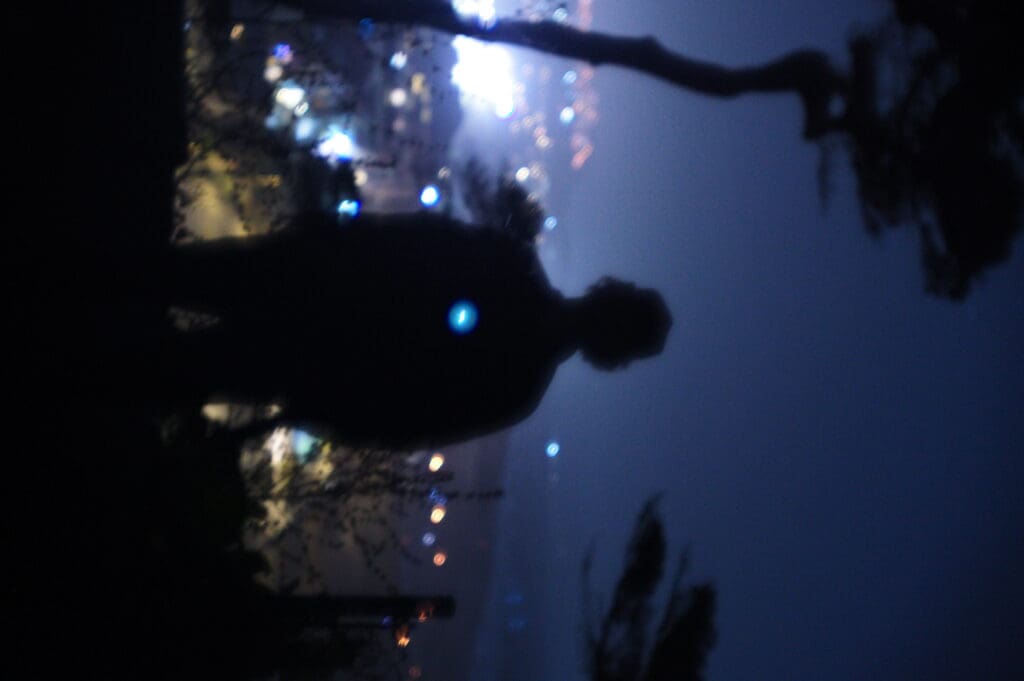
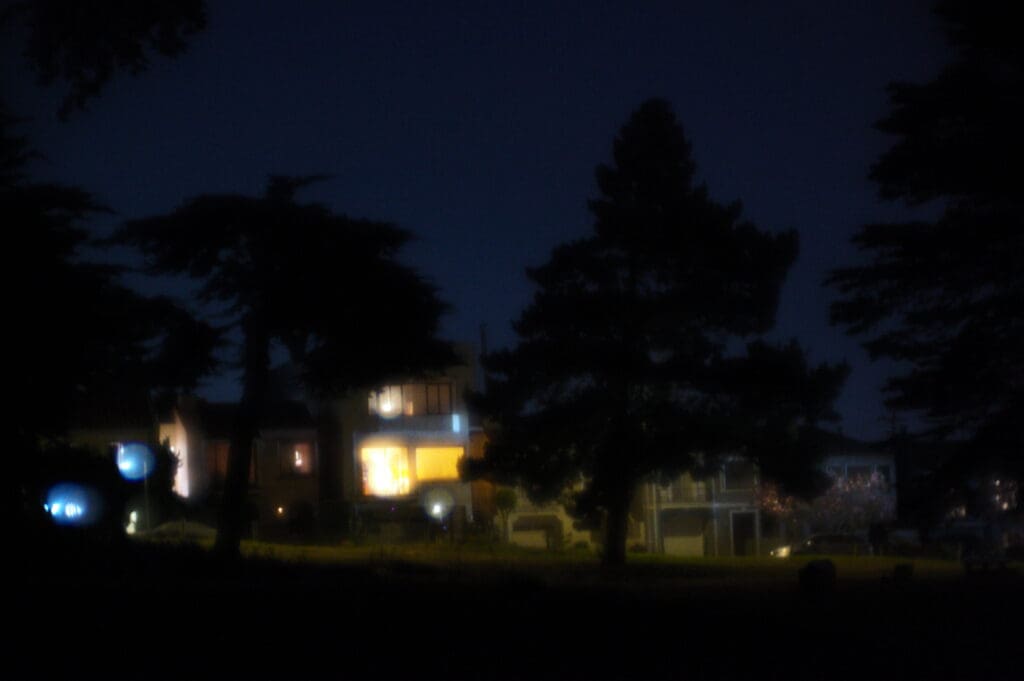
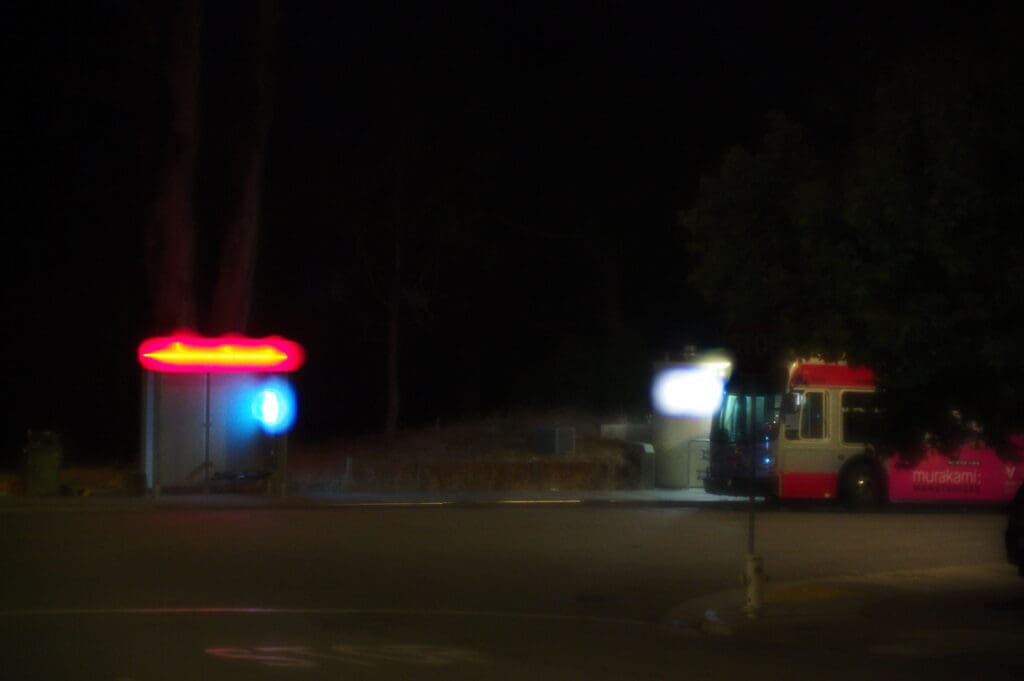
Leica 90mm f/2.2 Thambar Reissue (Leica M10-R)
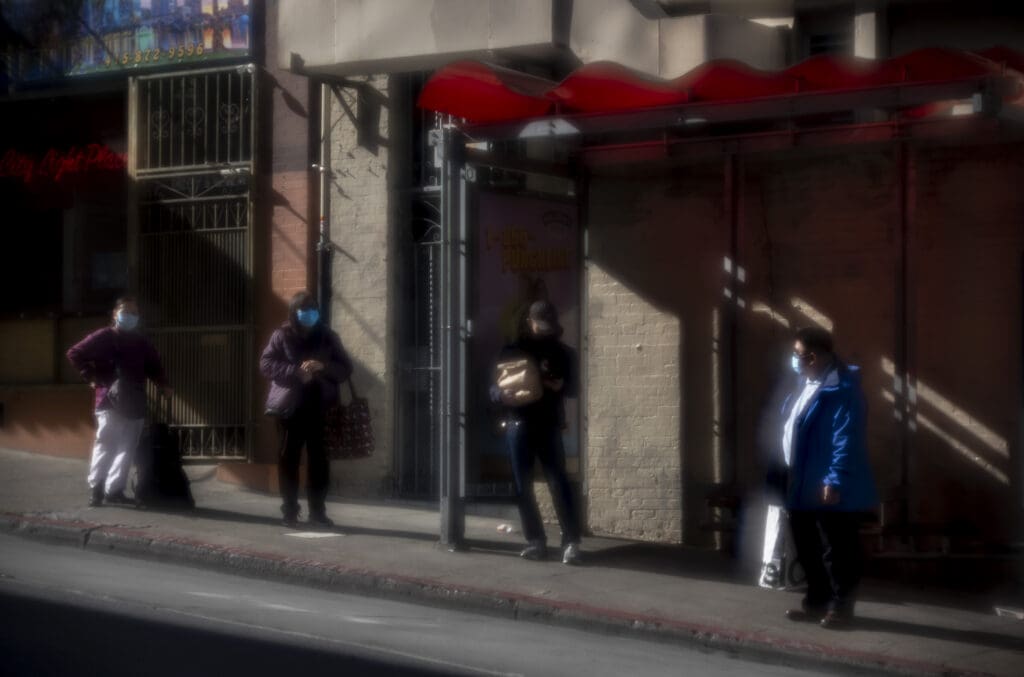
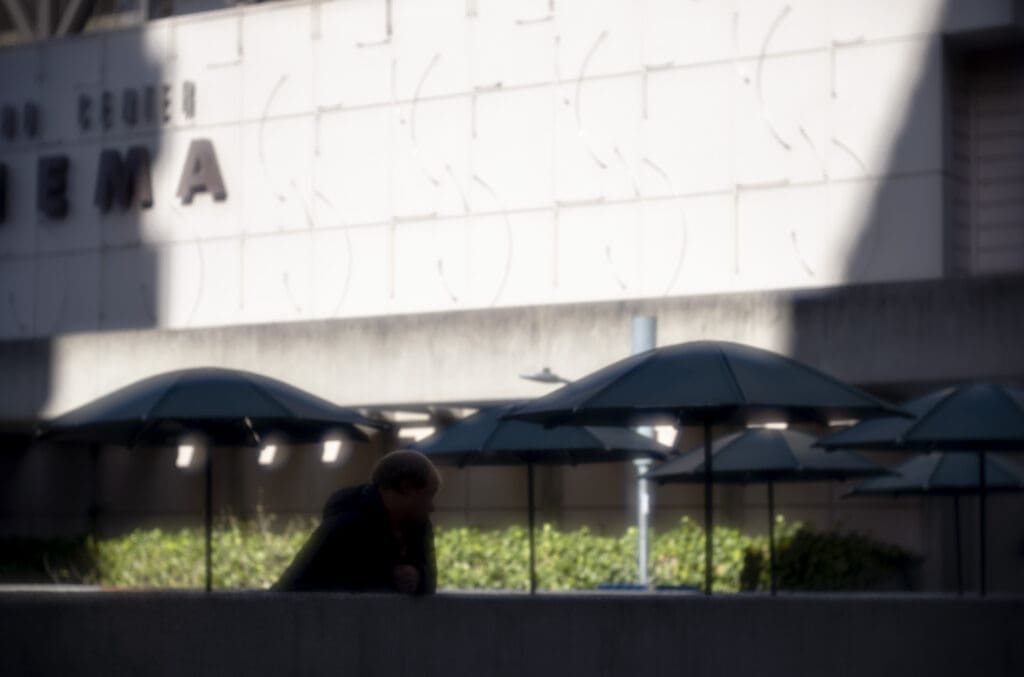
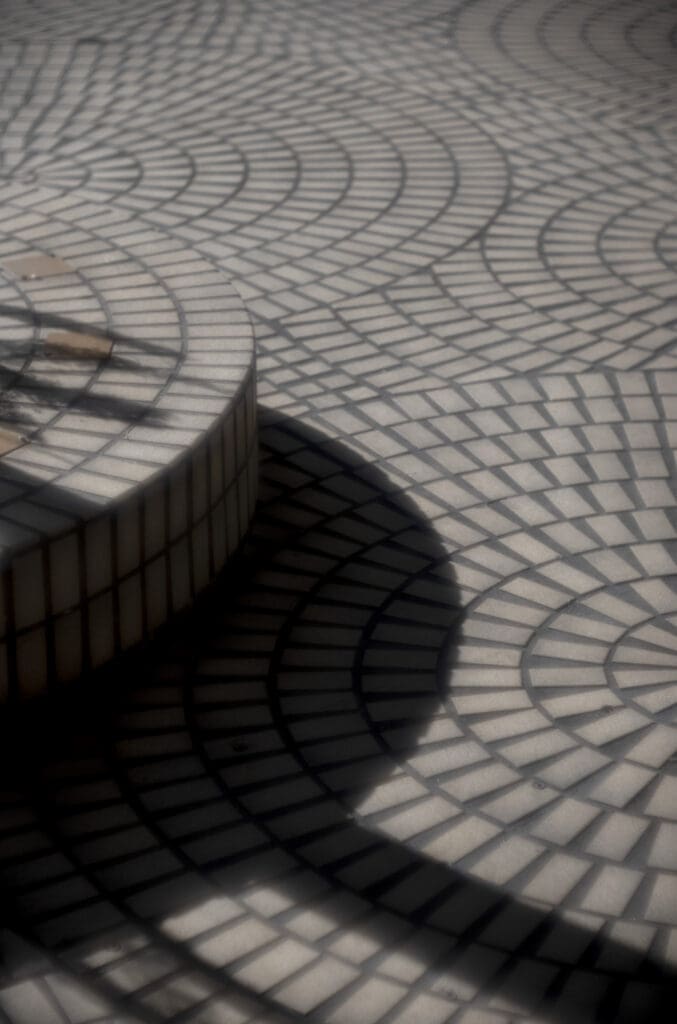
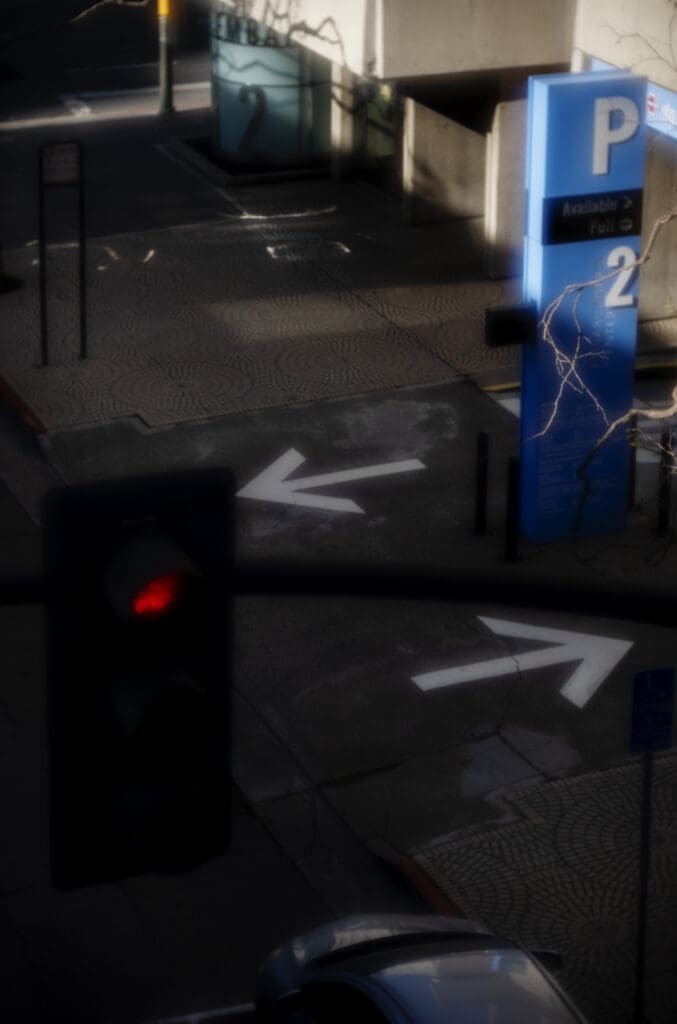
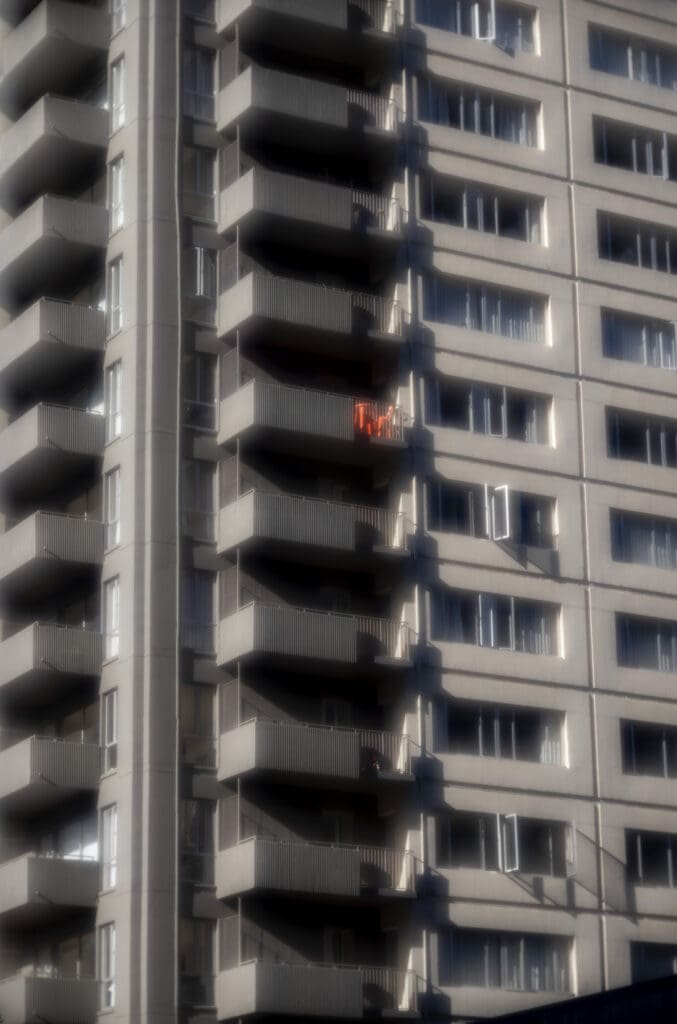
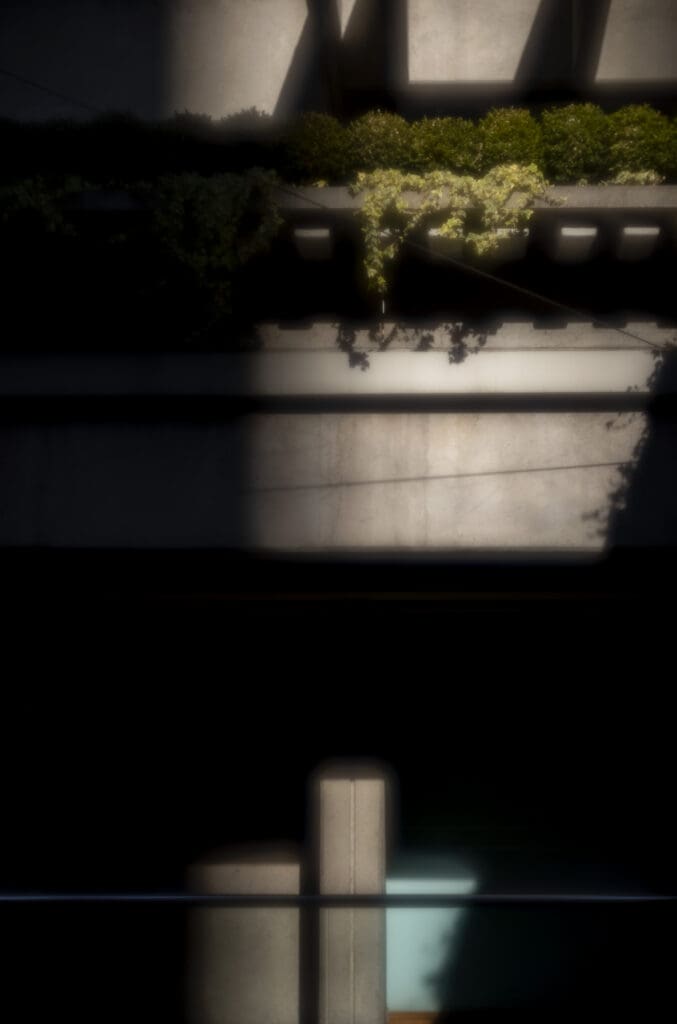
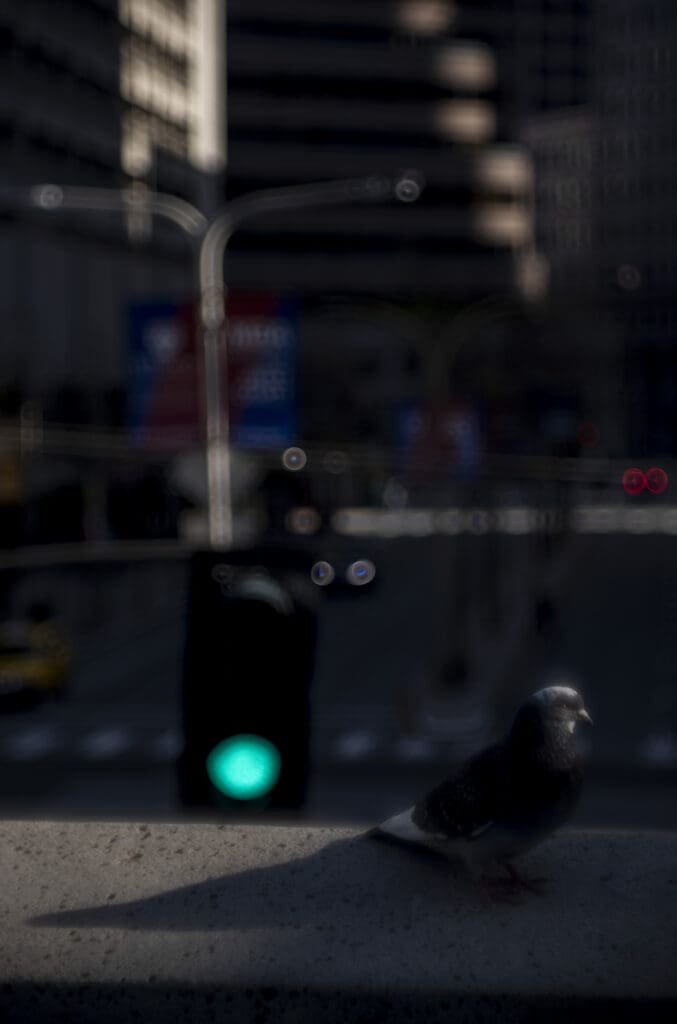
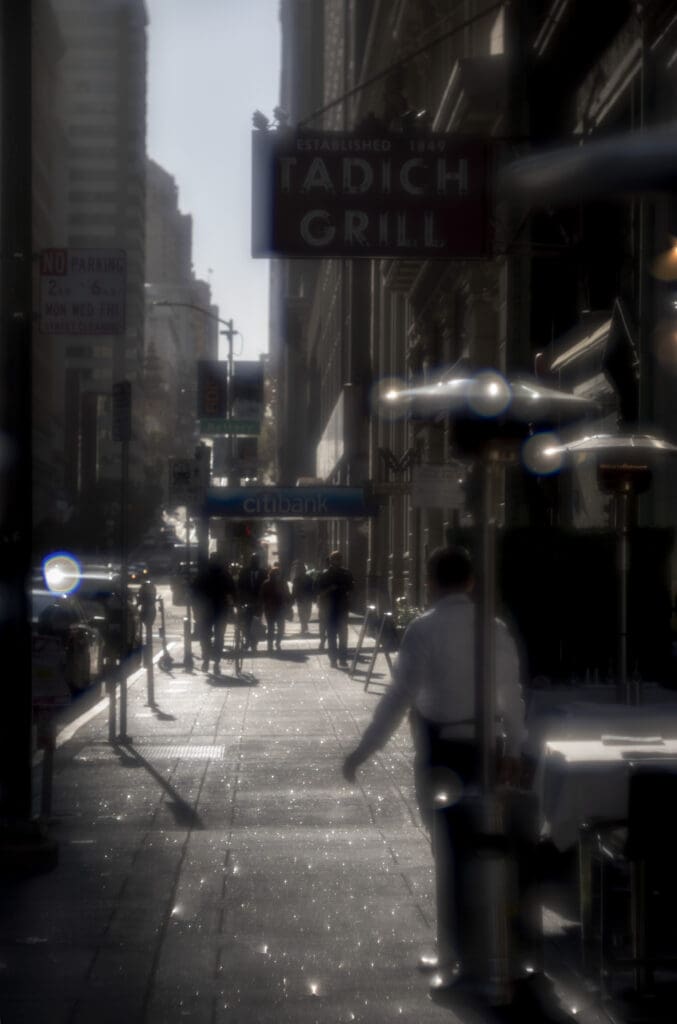
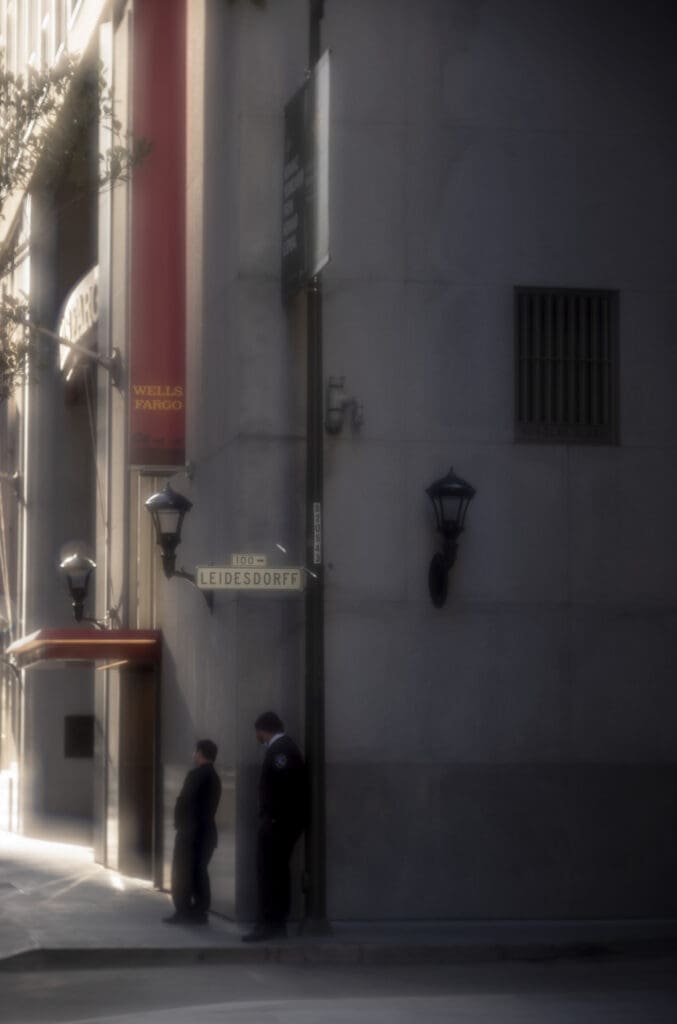
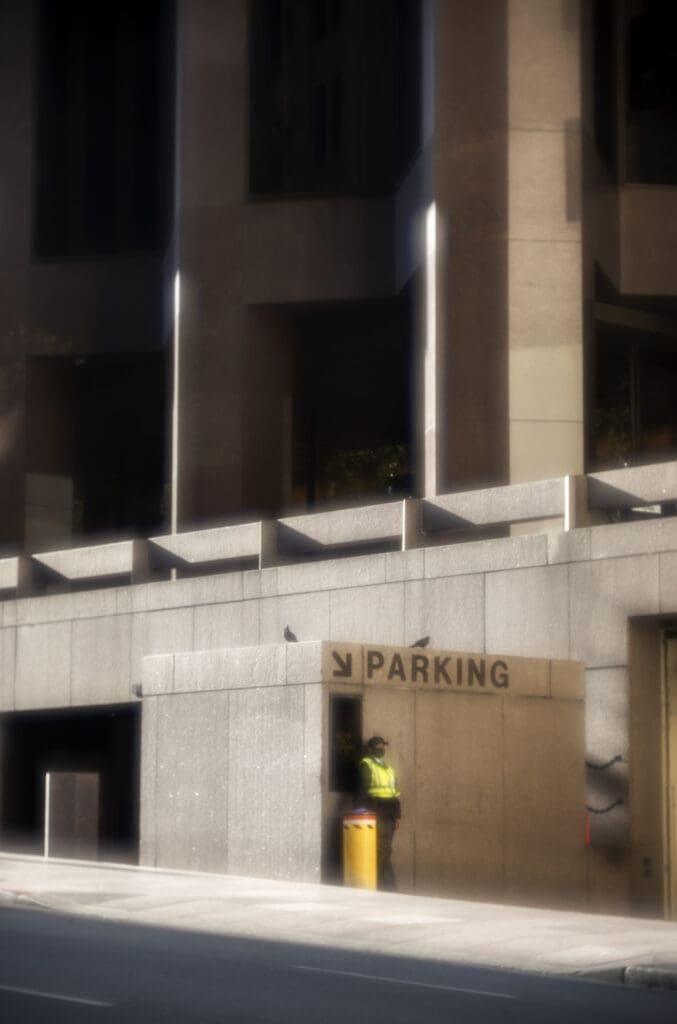
Final Thoughts on the Thambar Experience
Shooting the 9cm Thambar reaffirmed my appreciation for vintage lenses. While not optically perfect, their character and imperfections offer photographers creative freedoms that modern lenses sometimes lack. The Thambar’s beautiful rendering particularly shines in portraits, inviting softness and glow that reduce the need for post-processing.
This lens, a historical artifact of its era, continues to captivate imaginations with its signature glow and softness. As we celebrate its legacy, the Thambar inspires us to embrace imperfections and reminds us of the journey and history embedded in every image it captures.
As always, I want to extend a special thank you to my friends Jovi and Marcus for their support in today’s exploration. Additional thanks go to Underdog Film Lab in Oakland for developing and scanning the roll of film used in this episode. Stay tuned for more adventures in lens history, and let us know what you’d like to see next! Remember to like, comment, and subscribe for more episodes of Thumbprints & Signatures.
Carlo Velasquez



